Dak Nong is located at the southwestern gateway of the Central Highlands on the M'Nong plateau, connecting with Cambodia through two border gates: Dak Peur (Dak Mil district) and Bup'rang (Tuy Duc district). Dak Nong borders Dak Lak to the east and north, Lam Dong to the south, and Binh Phuoc and Cambodia to the west.
Dak Nong is most beautiful in spring, from around January because the rainy season has passed, the sky is clear and cool, and there are many waterfalls. March and early April are the blooming season of coffee flowers, and May and June are the season of royal poinciana flowers. Summer in Dak Nong often has rain, but it stops quickly.
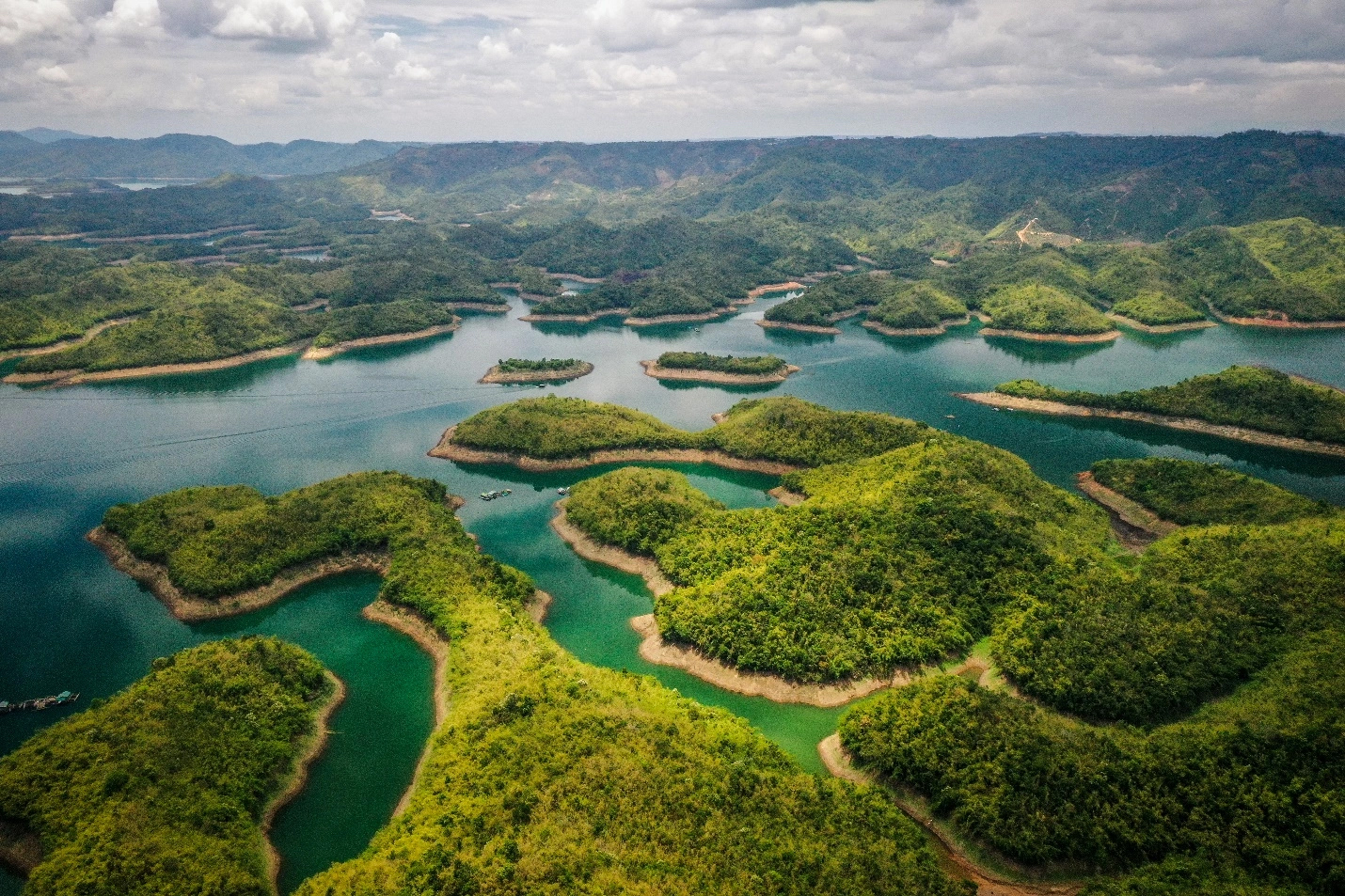
Move
The center of Dak Nong province is Gia Nghia city, about 125 km from Buon Ma Thuot city (Dak Lak), about 250 km from Ho Chi Minh City. To travel to Dak Nong, you can choose means of transport such as cars, buses, motorbikes or planes depending on the departure point.
Bus tickets from Ho Chi Minh City to Dak Nong, departing from Mien Dong bus station by companies such as Dai Nghia, Duyen Ha, Hoang Long, cost between 150,000 - 200,000 VND per person. Buses departing from Hanoi cost 800,000 VND (including two meals). The travel time is about 6 hours from Ho Chi Minh City and about 30 hours from Hanoi.
Dak Nong does not have an airport, so if you want to travel by air, you can choose Vietnam Airlines, Vietjet Air or Bamboo Airways to the nearest airport, Buon Ma Thuot (Dak Lak), with ticket prices ranging from 2 to 3.5 million VND. Transfer by bus from Buon Ma Thuot to Gia Nghia for 200,000 VND.
If you want to be proactive with your time and have the freedom to stop and rest, you can take a private car or motorbike from Ho Chi Minh City in the direction of National Highway 14. The road is beautiful so you don't need to worry, but before departing, check and maintain your vehicle carefully, and comply with traffic safety regulations.
Accommodation
There are many accommodation options. Robin Hotel, Ngoc Thuong, Dak Nong Lodge, Sunrise Hotel are highly rated on booking websites. Prices range from 300,000 to nearly 1.5 million VND per night.
Some famous homestays and farmstays in Gia Nghia are Yumin Farm house, Hoa Dat Garden, Ngo Gia Trang; in Dak R'Lap district there is Molly Home; in Dak Mil there is Montagnards Home Farm, prices range from 150,000 to 1 million VND per night.
If you go in a large group, you can stay in Ta Dung tourist area or Phuong Van Farm to feel immersed in nature. Ta Dung lake landscape is likened to "Ha Long Bay of the Central Highlands" and Phuong Van farm in Gia Nghia city is a destination considered as "forest in the city" with green space of forest, coffee garden mixed with green vegetable gardens, fruit trees.
Where to play
From the center of Gia Nghia city, within a radius of about 50 km, Dak Nong has many places to explore. There are also some beautiful natural landscapes quite far from the city, so it is recommended to divide the sightseeing routes into about 3 days 2 nights, or longer.
Ta Dung National Park
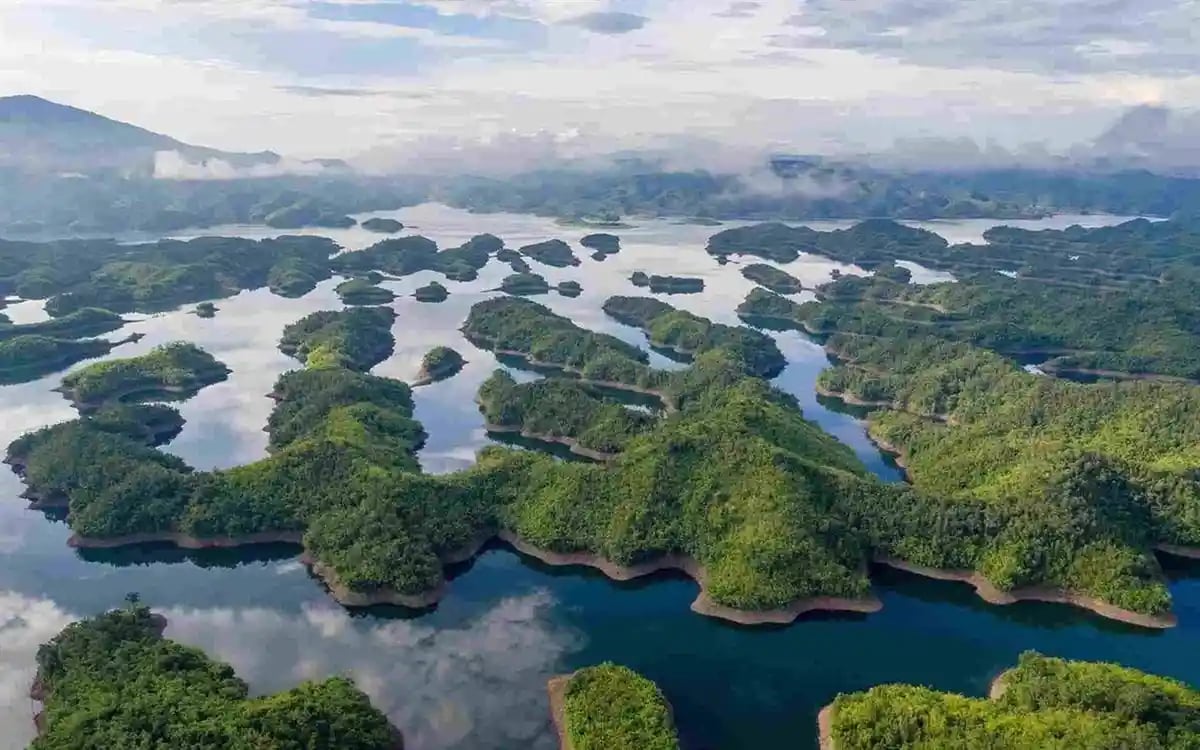
Ta Dung National Park is located in Dak Som commune, about 45 km southeast of Gia Nghia city along National Highway 28. The center of the park is Ta Dung Lake. Hydropower damming has created a high-altitude lake with an area of about 22,000 hectares with more than 40 large and small islands and peninsulas. This is a must-see destination in Dak Nong.
Coming to Ta Dung, you will take a boat, enjoy the scenery of the islands appearing in the middle of the lake, breathe the fresh air, explore the mountain scenery, wild nature. In addition, there are also granite waterfalls, dozens of rare species of flora and fauna.
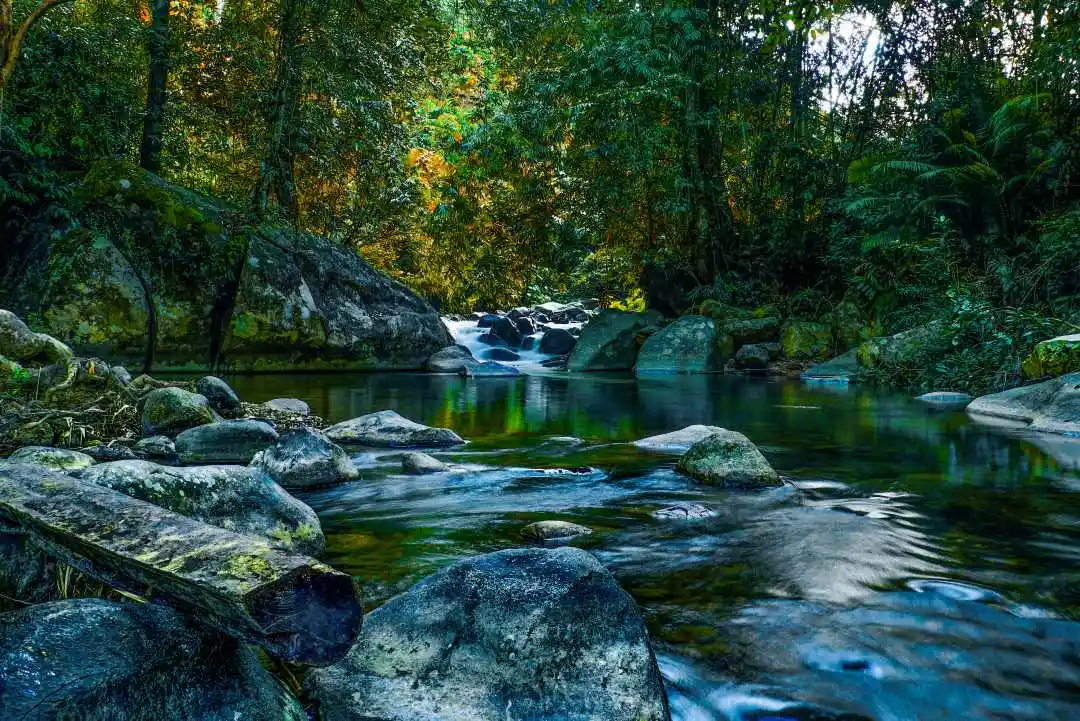
>> See more: Two days and one night in Ta Dung
Volcanic cave
Discovered in 2017 with more than 50 caves, total length of nearly 10,000 m, this is one of the longest volcanic cave systems in Southeast Asia belonging to Dak Nong UNESCO Global Geopark.
According to researchers, the volcanic cave system was formed more than 140 million years ago. Over time, the volcanic cave system still retains rare traces and archaeological sites of prehistoric human habitation about 6,000 - 7,000 years ago.
Nam Kar Volcanic Range
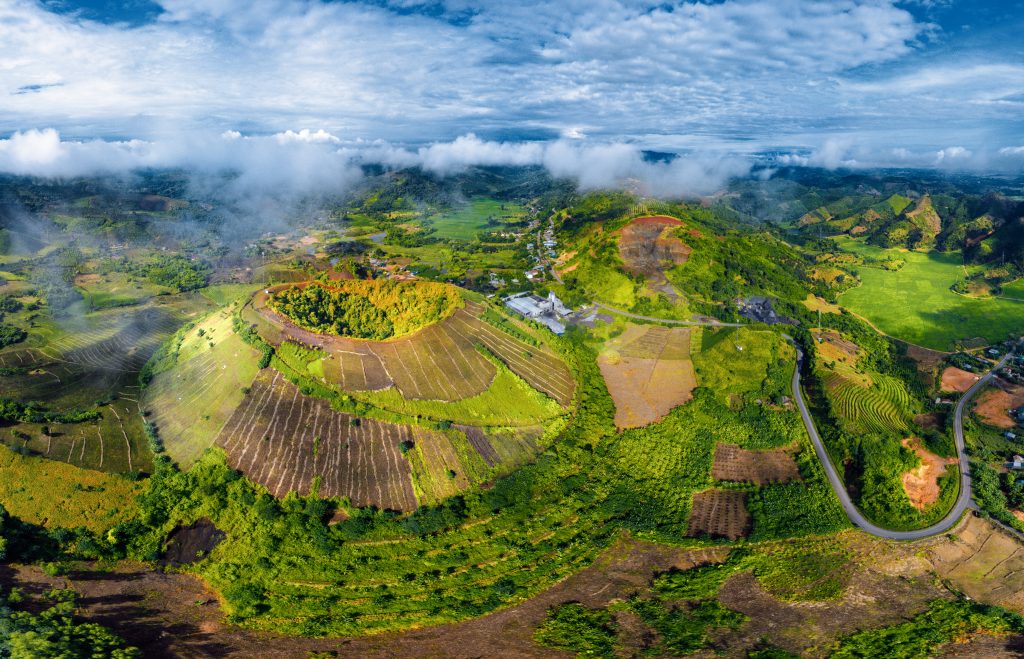
The Nam Kar volcanic range is formed by three volcanoes, including a main cinder cone and two secondary cinder cones. The main cinder cone is 60 m high, 220 m in diameter, and has a mouth about 20 m deep from the top of the mountain, with a typical oval shape. The mountain is 660 m above sea level, and is mainly composed of slag, each cinder having a diameter of several centimeters.
The M'Nong people here still pass down mysterious stories about the formation of the Nam Kar volcano, with educational significance, reminding their descendants not to encroach on natural resources.
Green border road
With a border of more than 140 km, Dak Nong connects with Cambodia through two border gates: Dak Peur (Dak Mil district) and Bup'rang (Tuy Duc district). On the journey to explore this route, you will experience winding terrain, with pine forests on both sides.
The route is suitable for you to take caravan trips or camp, picnic to explore the ecosystem and local community culture. Along the way, there are many waterfalls, sometimes majestic, sometimes flowing gently interspersed with exposed rock formations. Along the route, there are many border markers between Vietnam and Cambodia.
Truc Lam Dao Nguyen Zen Monastery
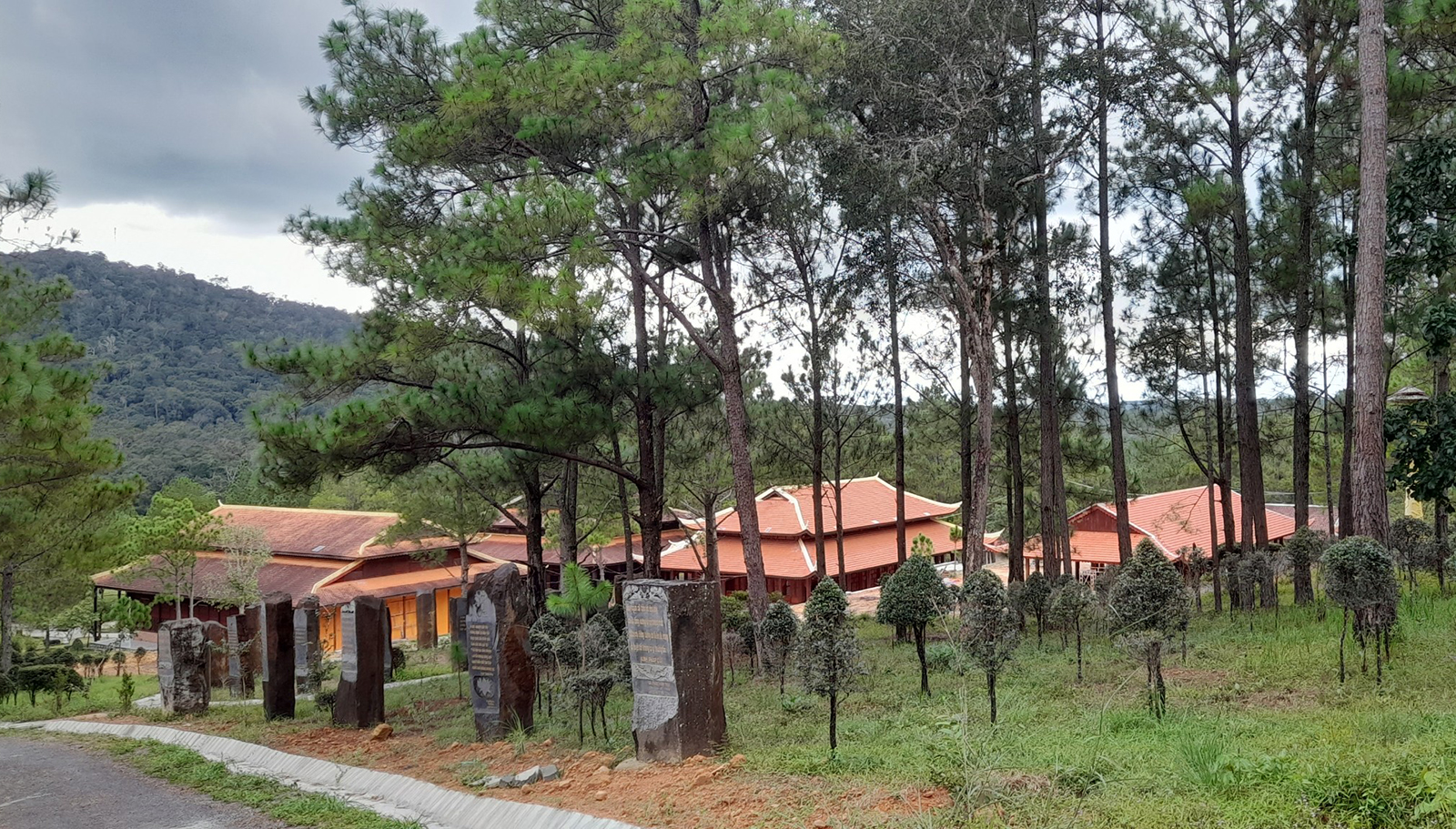
About 40 km from Gia Nghia city center, Truc Lam Dao Nguyen Zen Monastery is the largest Truc Lam Buddhist institution in Dak Nong. The Zen Monastery is adjacent to Nam Nung Nature Reserve, the air is always cool and fresh, creating peace and tranquility.
The Zen monastery is imbued with traditional cultural beauty, the space is divided into successive functional areas such as the main hall, the monk's quarters, the bell tower, the drum tower, the Quan The Am shrine, the dining hall, the guest house and other auxiliary works. There is also a Dhammapada garden recording the words of Buddha Shakyamuni when he was alive, carved in stone.
Audio Exhibition Hall
The audio exhibition house located in Dak Nur hill, Gia Nghia city is considered a miniature painting, showing the colors of sound associated with Dak Nong UNESCO Global Geopark.
Coming here, you will experience the unique sounds from different materials. Visitors will hear the familiar sounds of lithophones, sounds from breathing, water, trees, fire, wind... and sounds from ourselves. This is considered the only sound exhibition house in Vietnam today.
Phap Hoa Pagoda
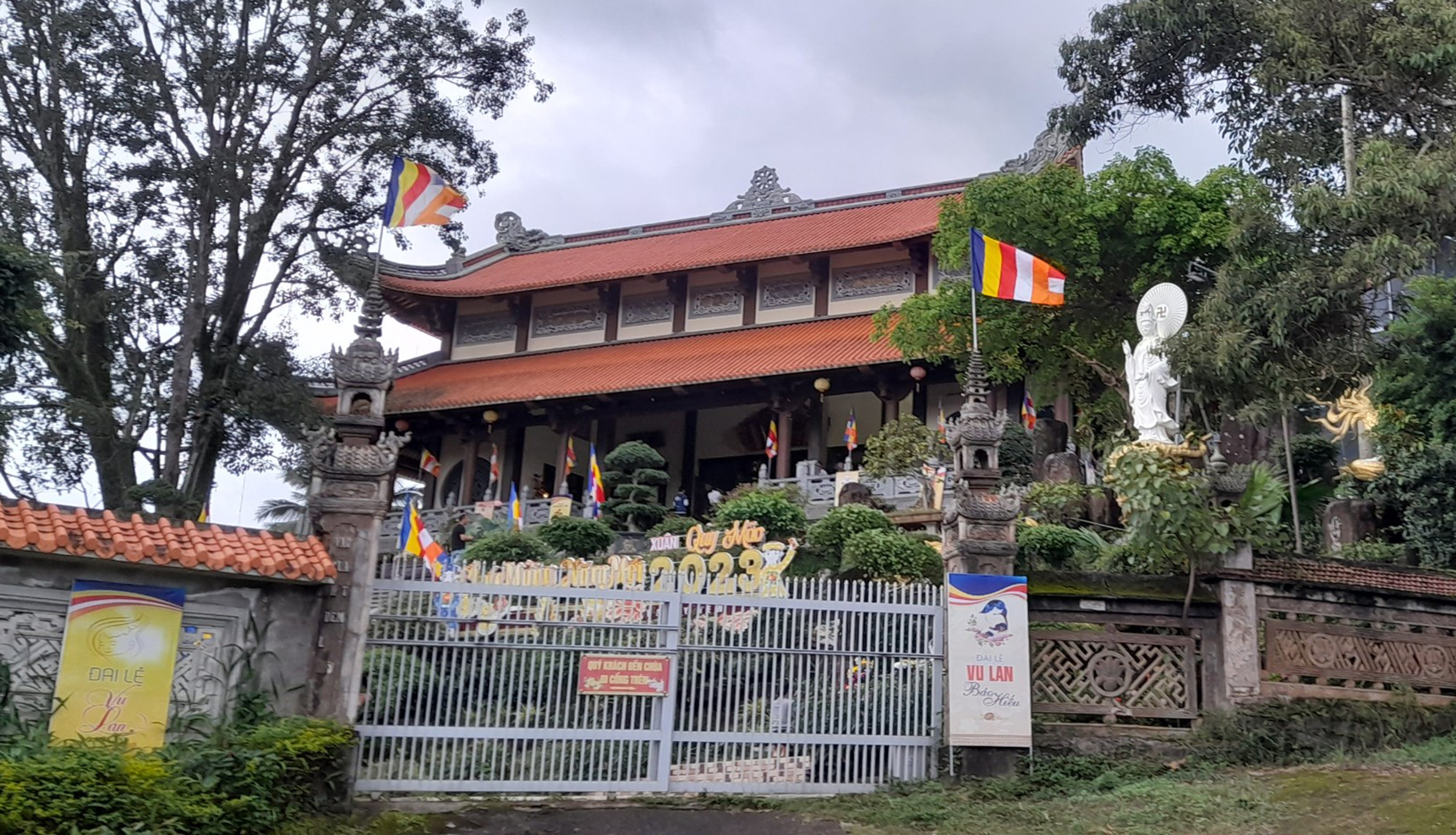
Built in 1957, this is a large and old pagoda in Dak Nong. You will visit the areas: 5-storey main hall, monks' quarters, Quan Am platform, Tam Quan gate, Lam Ty Ni garden. In the pagoda grounds, there are also many Buddha statues, miniature landscapes, and trees arranged harmoniously.
Phap Hoa Pagoda is not only a spiritual place for the people of Dak Nong mountain town but also a destination that attracts tourists from inside and outside the province. Located in the center of Gia Nghia city, the pagoda space is very peaceful.
Lieng Nung Waterfall is located in Dak Nia commune, about 9 km from Gia Nghia in the direction of National Highway 28. The waterfall has a special structure, a 35 m high cliff on a large cave arch protruding where the water flows into Dak Nia stream. The ceiling of the cave is hexagonal stone blocks arranged next to each other. The cave arch has vibrant vegetation, creating a magical space. Surrounding the waterfall is a wild natural landscape with primeval forests.
Virgin Waterfall is about 3km from Ea T'Ling town, Cu Jut district, not as noisy and majestic as other waterfalls around the Serepok river basin. The waterfall is nestled, flows gently, and weaves between large basalt rocks with a geological age of 2-5 million years.
Dak G'lun Waterfall is located in Quang Tam Commune, Tuy Duc District, about 50 km from Gia Nghia City. The waterfall is nearly 60 m high, surrounded by more than 1,000 hectares of special-use forest with a rich ecosystem, many ancient trees with large, green canopies. Right next to the waterfall, there are large, flat areas for you to camp overnight.
Dray Sap - Gia Long Cultural Ecotourism Area (Dray Sap Tourist Area) is located in Dak Sor commune, Krong No district, about 110 km from Gia Nghia city.
The unique feature of this tourist area is that it is located in a special-use forest with many famous rapids and waterfalls (Dray Sap waterfall, Gia Long waterfall or also known as Upper Dray Sap waterfall, Virgin waterfall, Dray Nu waterfall). Accommodation services are diverse, from Ede longhouses to semi-detached houses, especially the mushroom house system with thatched roofs, creating a feeling of closeness and coziness.
You can visit the zoo with many species: deer, antelope, ostrich, bear, tiger, snake, lion. In addition, visitors can experience camping services, cycling in the forest, rowing or visiting special-use forests.
Traditional musical instrument exhibition
Located in bon (village) N'Jrieng, Dak Nia commune, more than 9 km from Gia Nghia city center on National Highway 28 towards Da Lat, Lam Dong.
Coming here, you will discover about 60 musical instruments of ethnic groups around the world. Each instrument has its own sound and most are made from some kind of stone and animal bones. Among those nearly 60 ancient musical instruments is the Dak Kar lithophone of the M'Nong people, dating back nearly 3,000 years. This is the "soul" musical instrument of the exhibition house.
According to the M'Nong people's concept, lithophone is a thread connecting people and the spiritual world, closely linked to the cultural and spiritual life of the indigenous people of Dak Nong province. The Dak Kar lithophone was also chosen as one of the symbols of the Dak Nong UNESCO Global Geopark.
Ede antiques
About 90 km from Gia Nghia city in the direction of Dak Lak, Buor village in Tam Thang commune, Cu Jut district was recognized by the Ministry of Culture, Sports and Tourism as the oldest village of the Ede people in the Central Highlands in 2008.
Buon Buor is located on the Serepok River. Over the centuries, people have maintained long-standing customs such as brewing rice wine, making traditional musical instruments, weaving daily necessities from bamboo and weaving brocade. You will admire the beauty of traditional stilt houses; meticulously hand-woven brocade products that represent the culture of the Ede people; and immerse yourself in gong dances. You can also participate in ancient rituals such as housewarming, Kpan procession, new rice celebration, and brotherhood.
Dak Song Wind Power
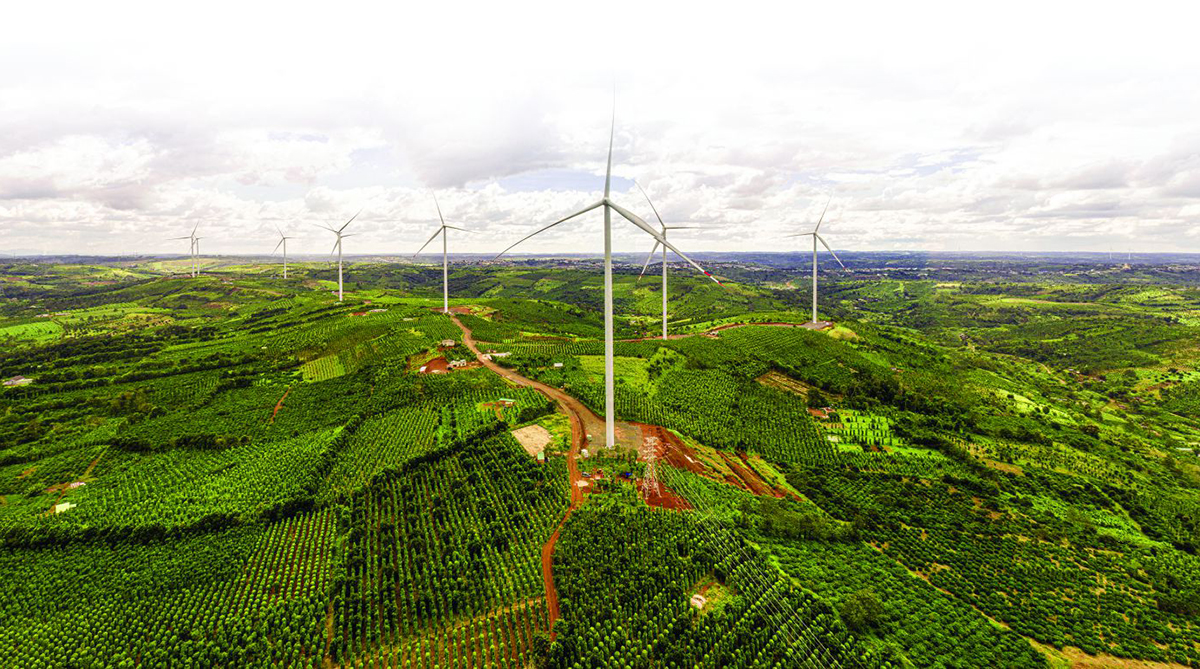
Along National Highway 14, about 40 km from Gia Nghia city, you will reach Dak Song district, move to Dak Hoa commune or Nam Binh commune to see giant wind power projects.
The project has a total investment of nearly 1,700 billion VND and is the 6th wind power project to be built in Dak Nong province. Asia Dak Song 1 wind power plant has a capacity of 50MW, with 13 turbines.
Dak Song district is considered the "wind power capital" of Dak Nong province with 6 projects that have been granted investment policies and are under construction. The total capacity of these projects is 430MW.
Nhan Co Church is located in Nhan Co Commune, Dak R'Lap District, Dak Nong Province. This is a beautiful church with unique architecture that you can see from afar when passing National Highway 14.
Nhan Co Parish was established in May 2004, initially just a temporary church. In March 2014, the new church was started to be built as it is today.
Nhan Co Church is located on a low hill, with Gothic architecture and a striking dark blue color. From afar, Nhan Co Church looks like a mysterious castle. Stepping inside, the church becomes even more charming and magical with its beautiful symmetrical architectural lines and decorative details.
Dak R'Mang market
Coming to Dak Nong, in addition to experiencing the cultural values of indigenous peoples, you will be immersed in the bustling atmosphere of the Mong people's markets on the M'Nong plateau in Dak R'Mang commune, Dak G'Long district. The market is opened every Sunday, selling all kinds of goods, from brocade, household goods, medicinal herbs, production tools to specialty dishes such as thang co and corn wine.
Hill 722 - Dak Sak
The historical site of Hill 722 - Dak Sak is 722m above sea level, nearly 4ha wide, located in Hamlet 4, Tho Hoang, Dak Sak Commune, Dak Mil District. This place marks the historical milestones in the resistance war against the US of the people of Dak Nong province with many fierce battles. Currently, some relics, military uniforms, military equipment such as shoes, hats, shells... are still preserved and protected at the Hill 722 relic site. On October 24, 2012, the Hill 722 - Dak Sak relic was recognized as a national historical site by the Ministry of Culture, Sports and Tourism.
If you have time, you should also visit Yok Don National Park . Part of the park is located in Dak Nong province, south of the Serepok River, but the main gate is in Buon Don, Dak Lak province. Visitors can experience trekking, admire the natural beauty, especially the majestic Bay Nhanh waterfall and rich flora and fauna ecosystem. Entrance fee: 40,000 VND per adult and 20,000 VND per child.
Eat and drink
Traditional dishes of the indigenous people are very diverse, always combining many types of ingredients, showing community solidarity. The main ingredients include betel leaves, bamboo shoots, bitter eggplant, bamboo shoots, stream fish, and wild game meat.
Most dishes are prepared by boiling, grilling, or making soup, with bitter, spicy flavors and colors that are rich in natural harmony.
Bamboo rice, grilled meat
Bamboo rice is a favorite dish and is always present in festivals and celebrations of local people. The main ingredient of bamboo rice is sticky rice. After soaking, the rice is put into bamboo tubes, and spring water is used to cook it. The bamboo tubes containing the sticky rice are burned on fire or buried in charcoal. When the rice is cooked, people split the burnt outer layer to reveal the white core.
Grilled meat is served with bamboo rice, also made from livestock and poultry, but often prepared in a very unique way. Most of the ingredients are not marinated with spices, but are skewered and grilled over charcoal or put into bamboo tubes and grilled. This method of preparation takes less time and is convenient for going to the forest, to the fields... When eating, people often dip it in salt and chili.
Grilled catfish from Serepok river
The Serepok River flows through Krong No and Cu Jut districts of Dak Nong and has many types of catfish, the most common being red-tailed catfish.
Catfish can be made into many dishes such as grilled, braised, made into patties, steamed, stir-fried with garlic or cooked into porridge. Among them, charcoal-grilled catfish is an attractive dish. The fish is wrapped in forest leaves before being grilled, dipped in salt made from lemongrass, green chili and forest leaves. Grilled catfish eaten with bamboo rice brings a rich and characteristic flavor of Dak Nong cuisine. This is one of the Top 100 Vietnamese specialties in 2020 and 2021.
Canh thut is a traditional dish of the M'Nong people and other ethnic groups in Dak Nong province. According to the locals, the name "canh thut" comes from the fact that in the past, people who worked in the fields often cooked soup in bamboo tubes growing in the forest. When cooking, people used chopsticks to stir the ingredients until they were soft.
The dish is a combination of wild vegetables such as betel leaves (also known as nipper leaves), bamboo shoots, bitter eggplant with stream fish to create a rustic but attractive soup. In addition to the above ingredients, the soup is also combined with small intestine, pork ribs, and canned fish to create more diverse flavors.
Specialty
Dak Nong is famous for its gifts which are specialties of the Central Highlands mountains and forests.
Fertile basalt soil, suitable terrain, climate and rainfall make Dak Nong one of the key areas for growing and processing coffee and creating high quality coffee beans with different flavors compared to other regions, famous for Robusta, Arabica, Culi coffee...
Dak N'rung pepper
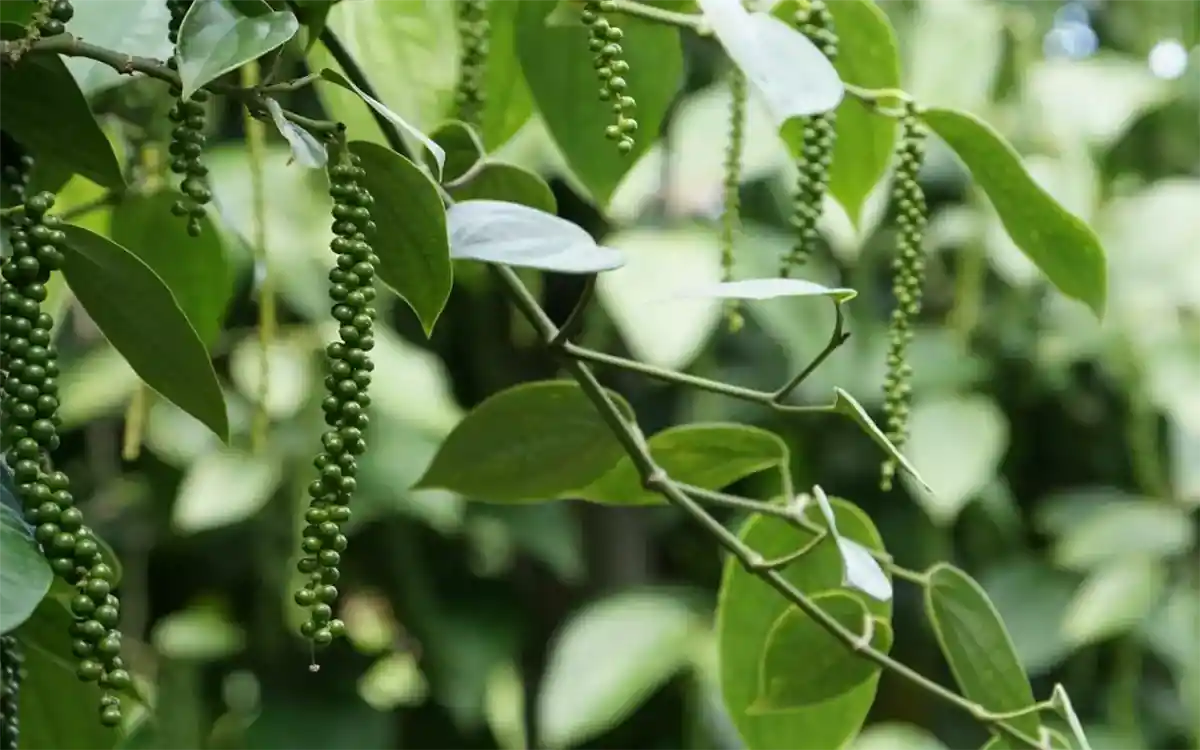
Dak N'rung pepper is also a famous specialty of Dak Nong. Pepper here is highly appreciated for its quality with the common characteristics of large, round, plump and fragrant seeds. Peppercorns are packaged into finished products that are very convenient to transport, so many people choose to buy them as gifts.
The terrain and soil of Dak Nong are suitable for growing macadamia trees. This is a tree with high nutritional value. Macadamia nuts are cultivated by the people using traditional methods, without using chemicals or abusing inorganic fertilizers. Therefore, macadamia nuts here are completely natural, safe, and ensure the health of users. Macadamia nuts are known as the queen of nuts not only because of their superior nutritional content but also because of their delicious taste.
Dak Mil avocado has a thin and smooth skin. When ripe, the flesh is yellow-green and has no fibers. The suitable soil and climate, along with the care of the people here, have created soft, delicious avocados that are rarely found anywhere else.
Rice is grown in Buon Choah commune, Krong No district - the largest rice granary of Dak Nong province. This land is formed on volcanic soil, with favorable climate and irrigation water with high mineral content, contributing to the reputation of Buon Choah rice with its unique flavor.
Durian is also one of the famous agricultural products of Dak Nong that you can use as a gift. Delicious durian is mainly grown on red basalt soil in Dak Mil, so it has a special sweetness and aroma. In Dak Mil, there are many durian farms and fruit gardens that welcome visitors.
Source link








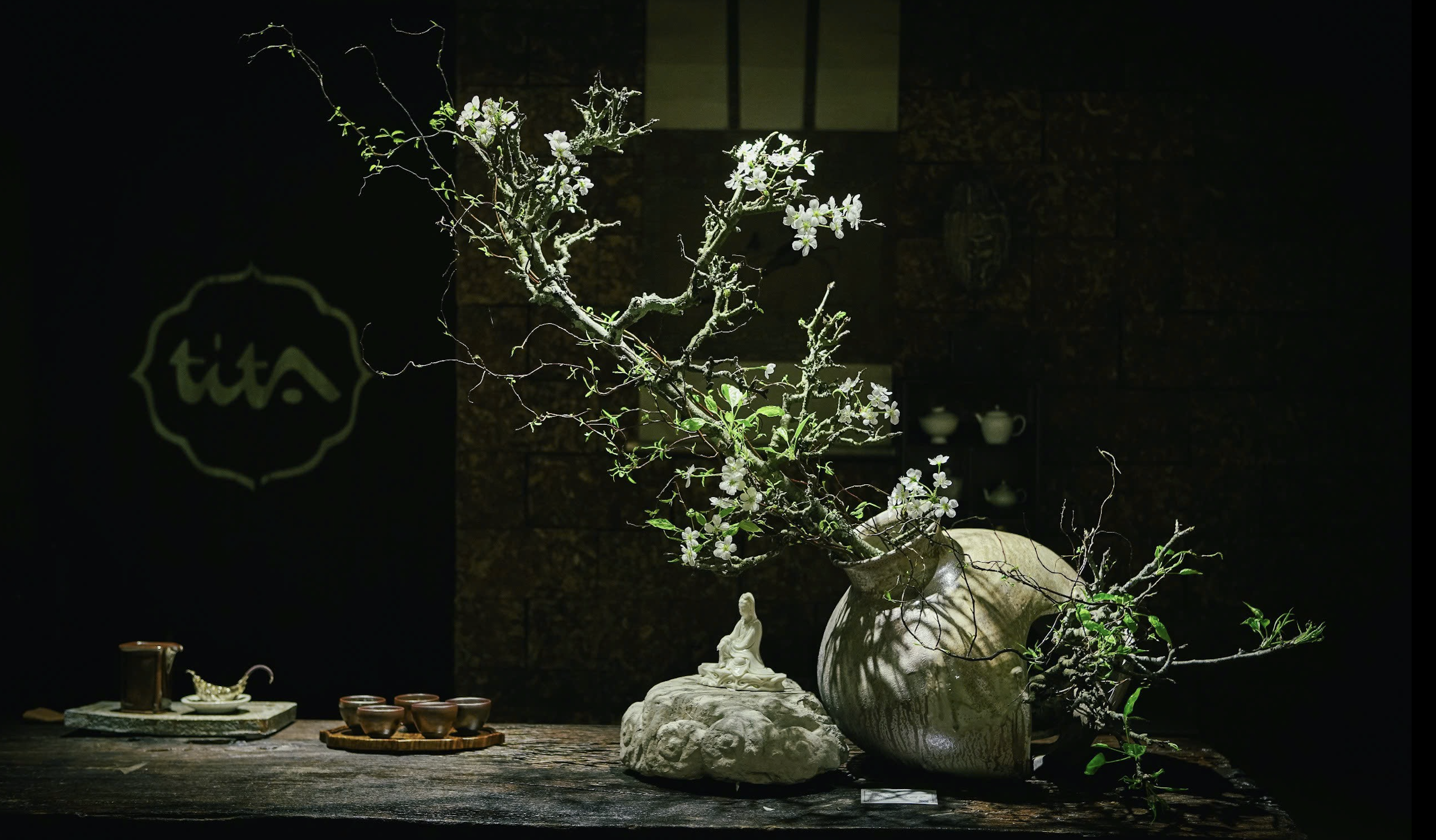
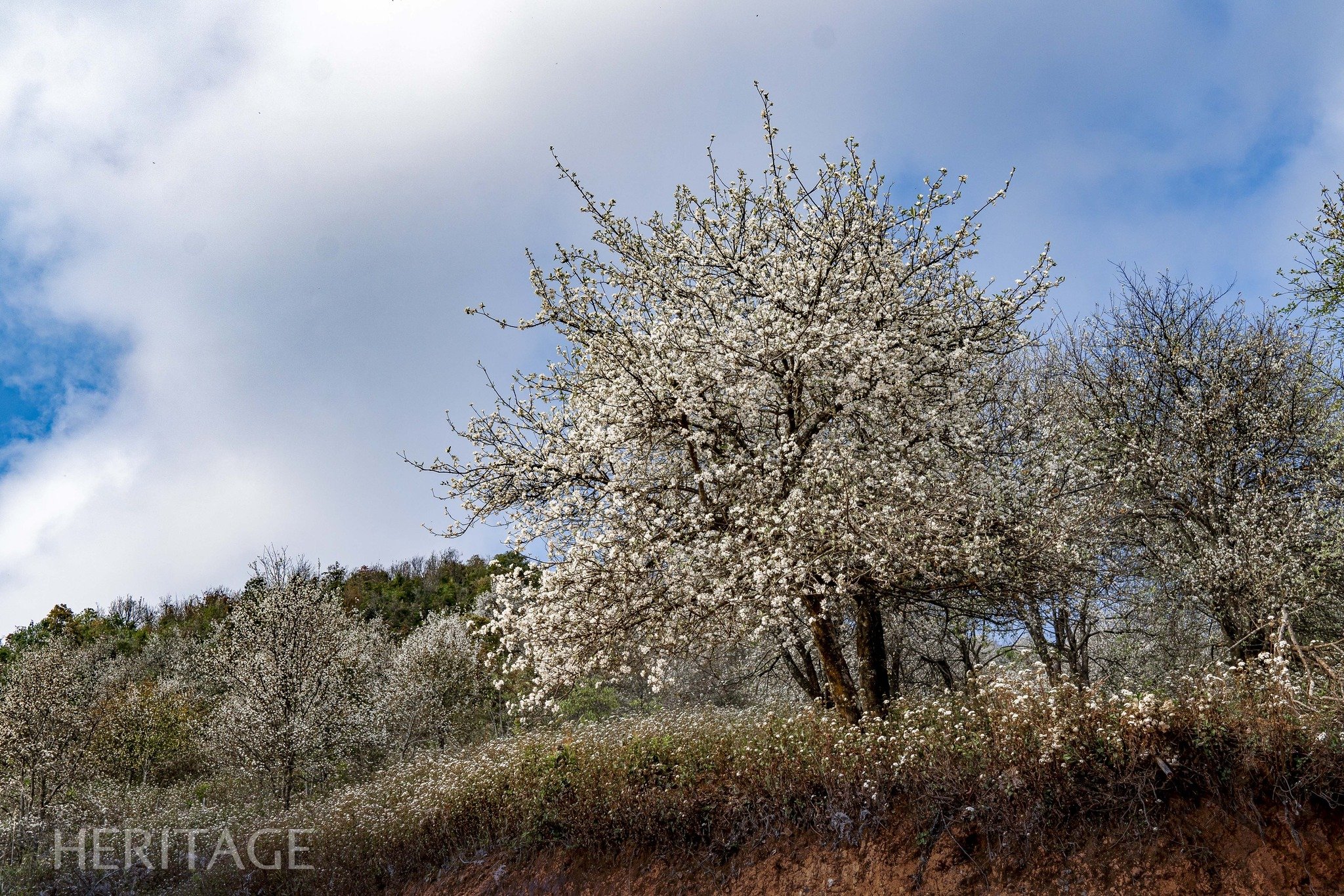
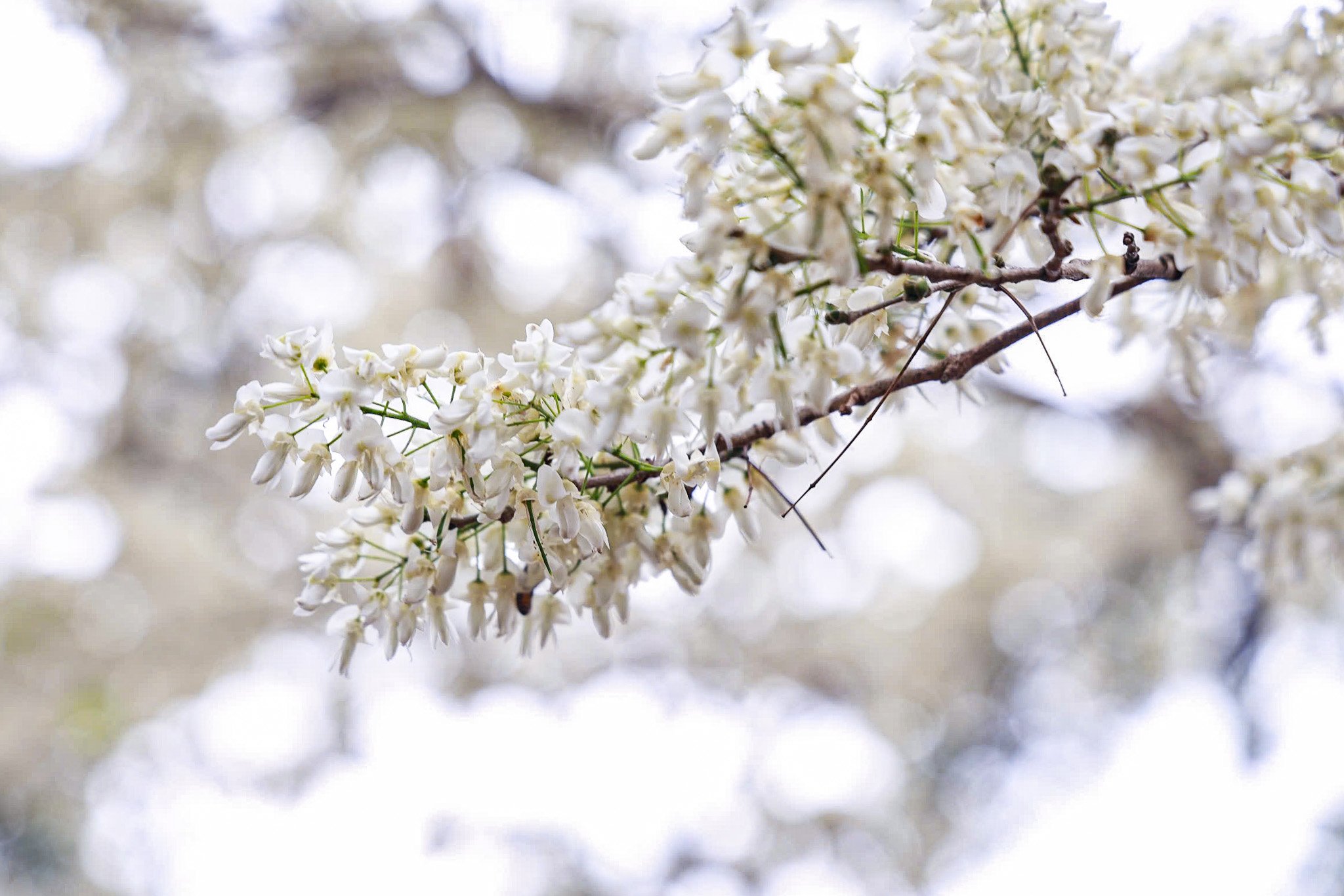
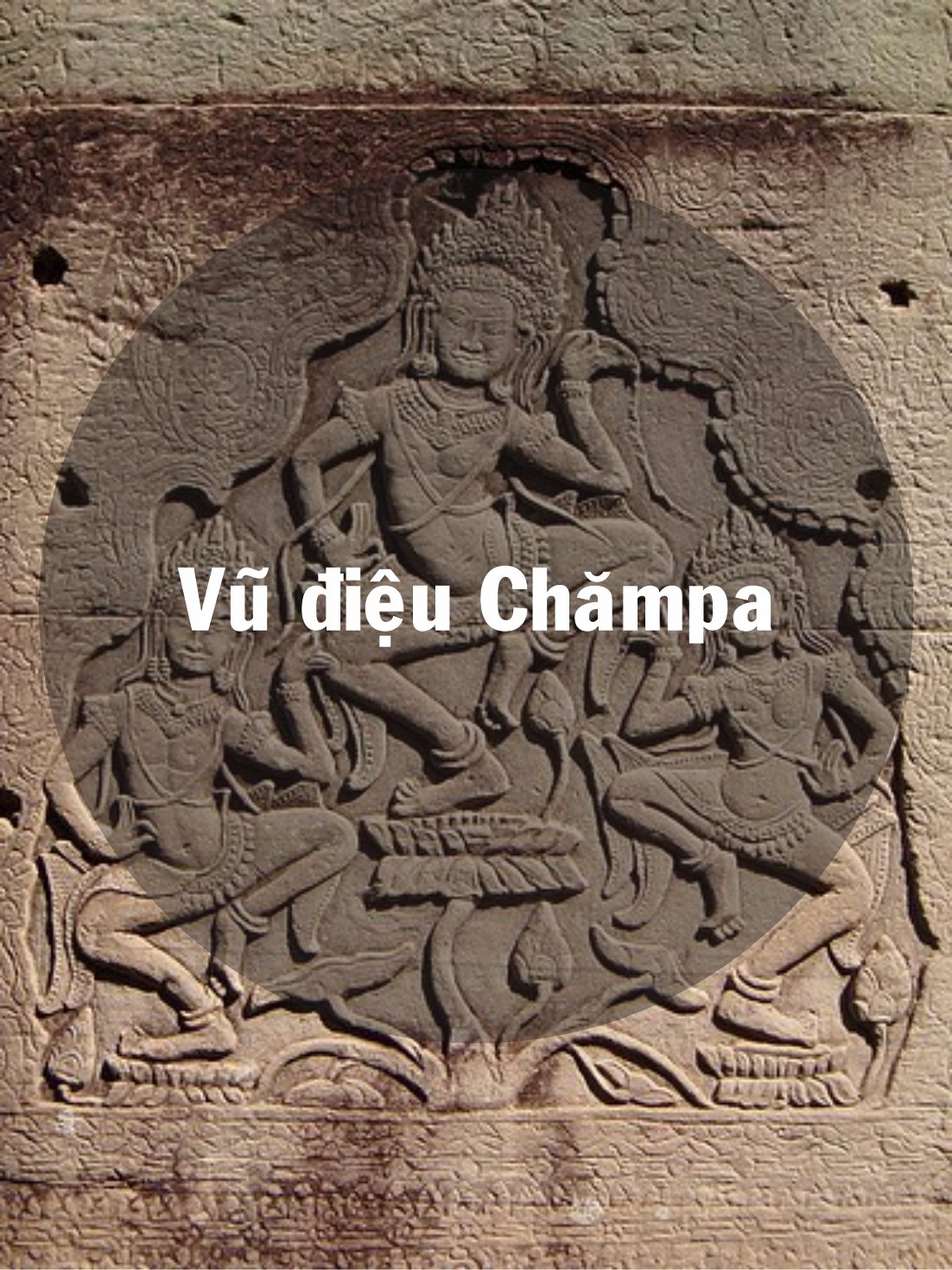

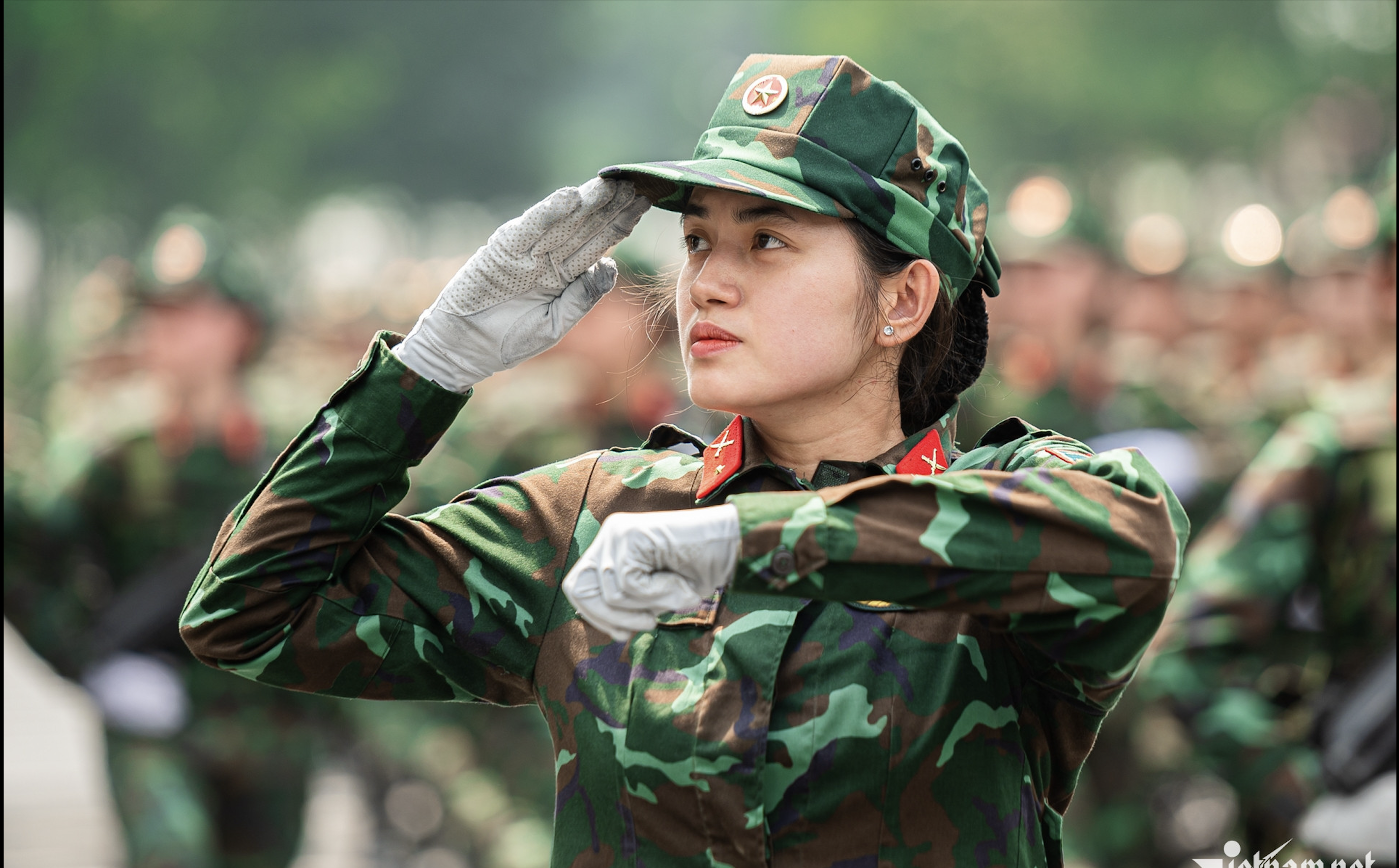
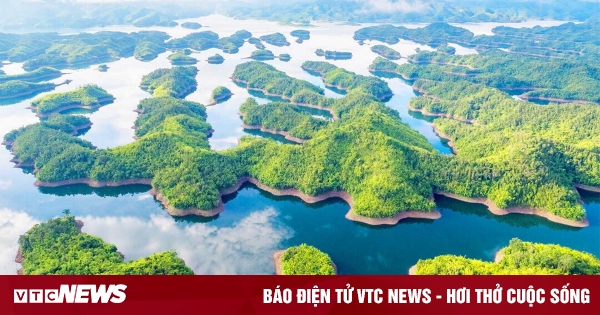

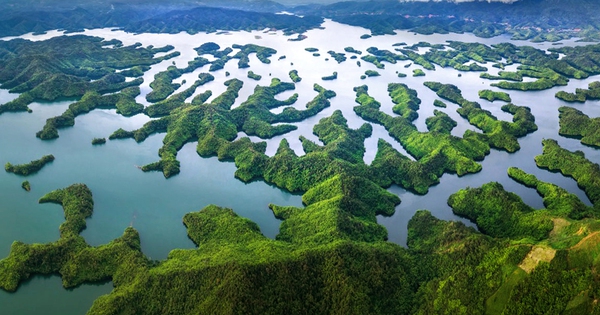

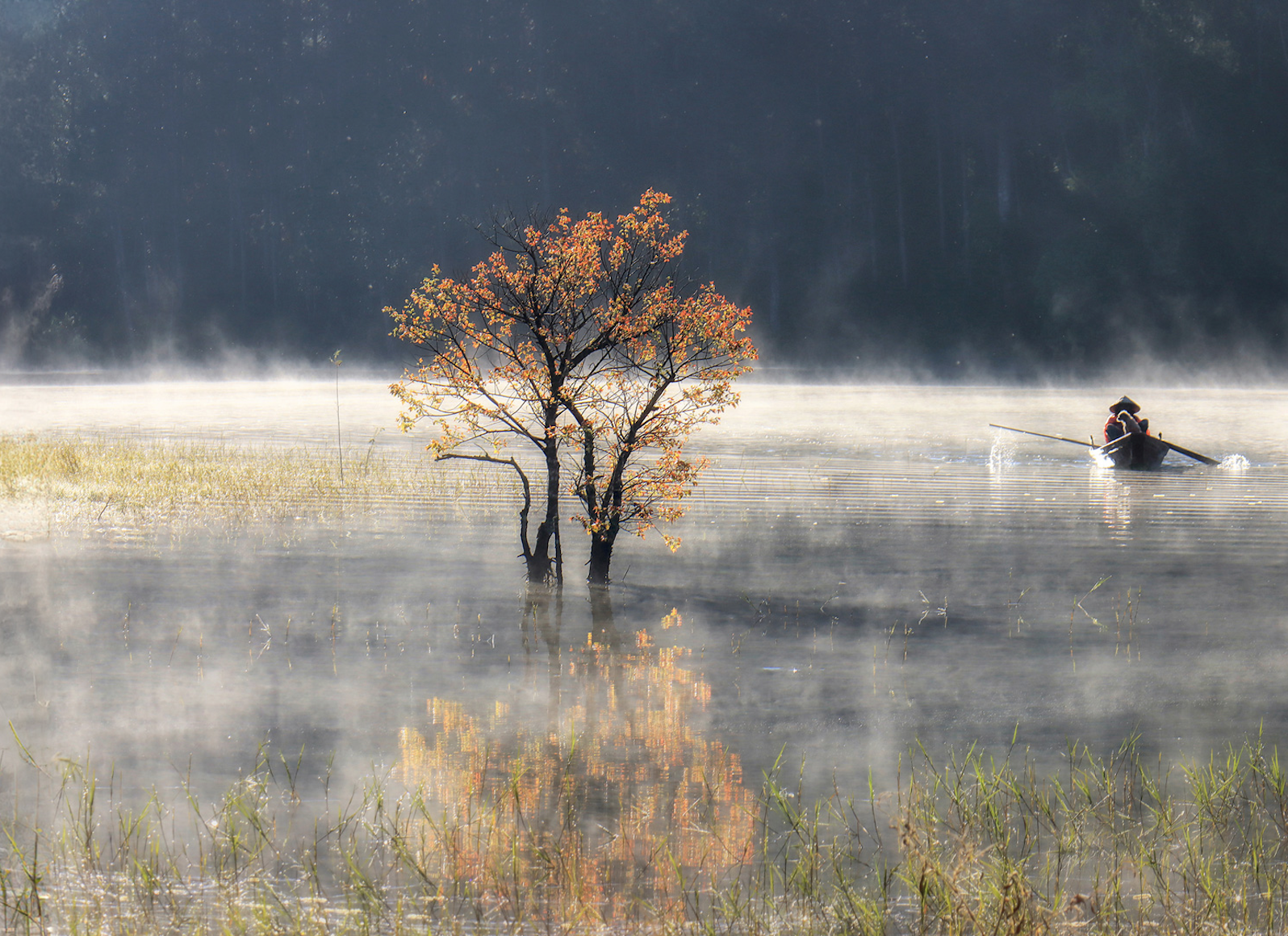

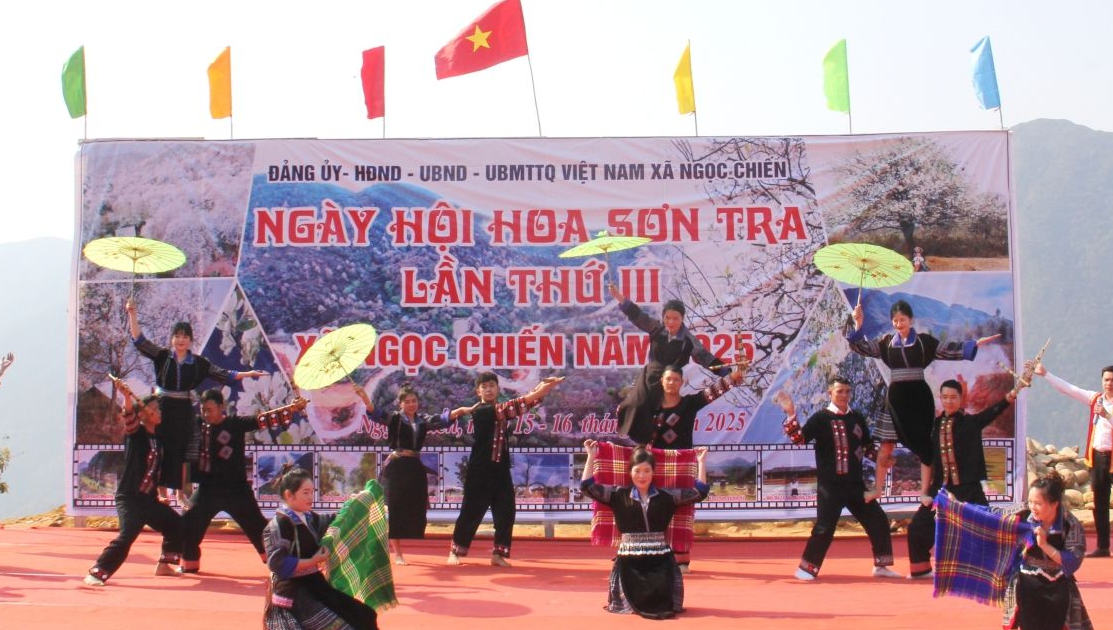

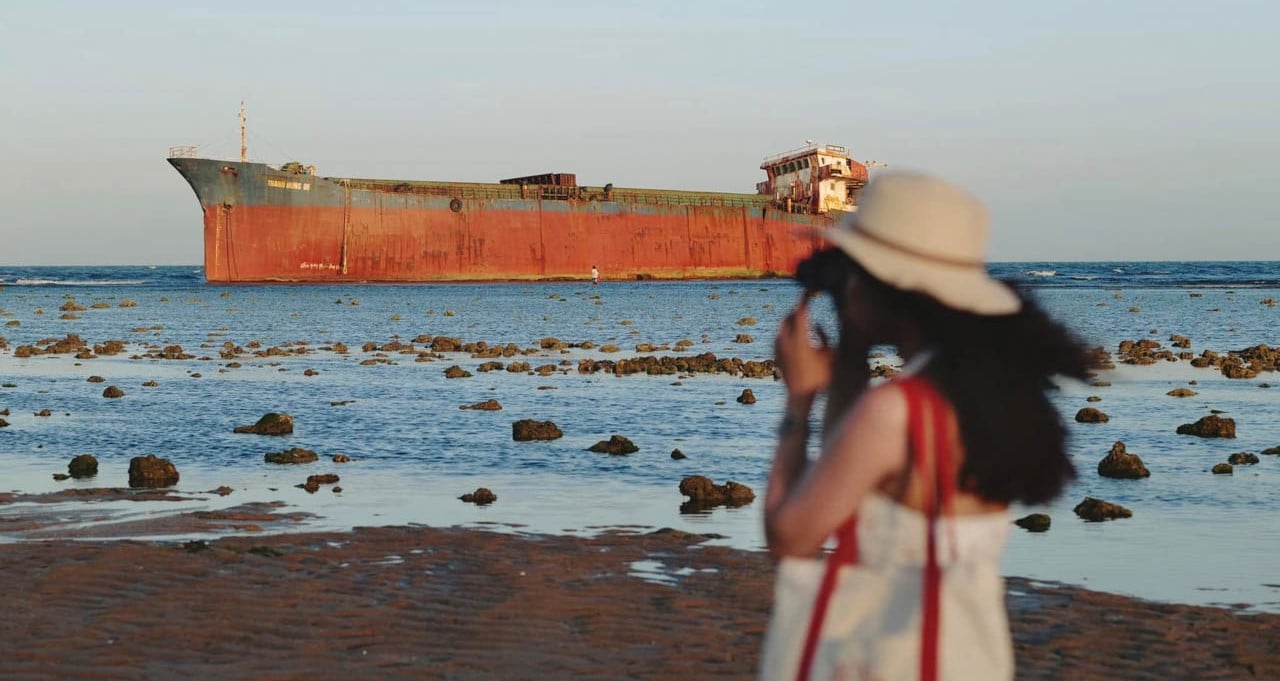



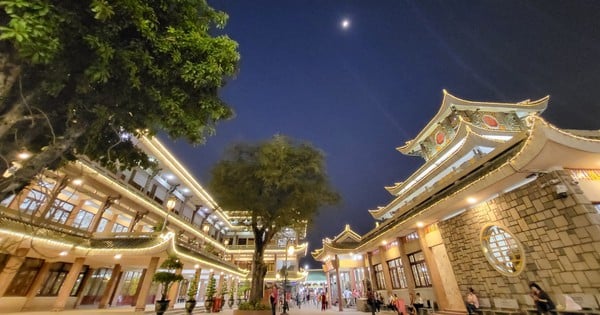

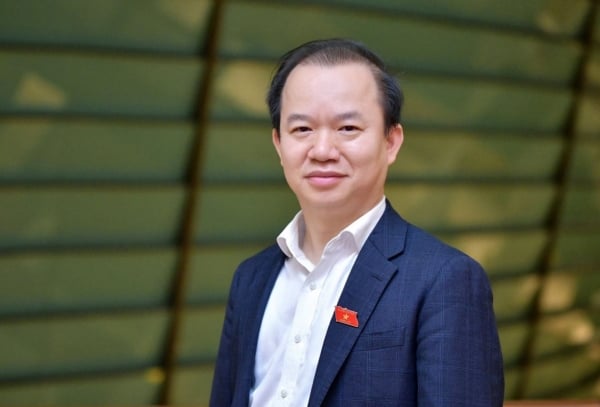





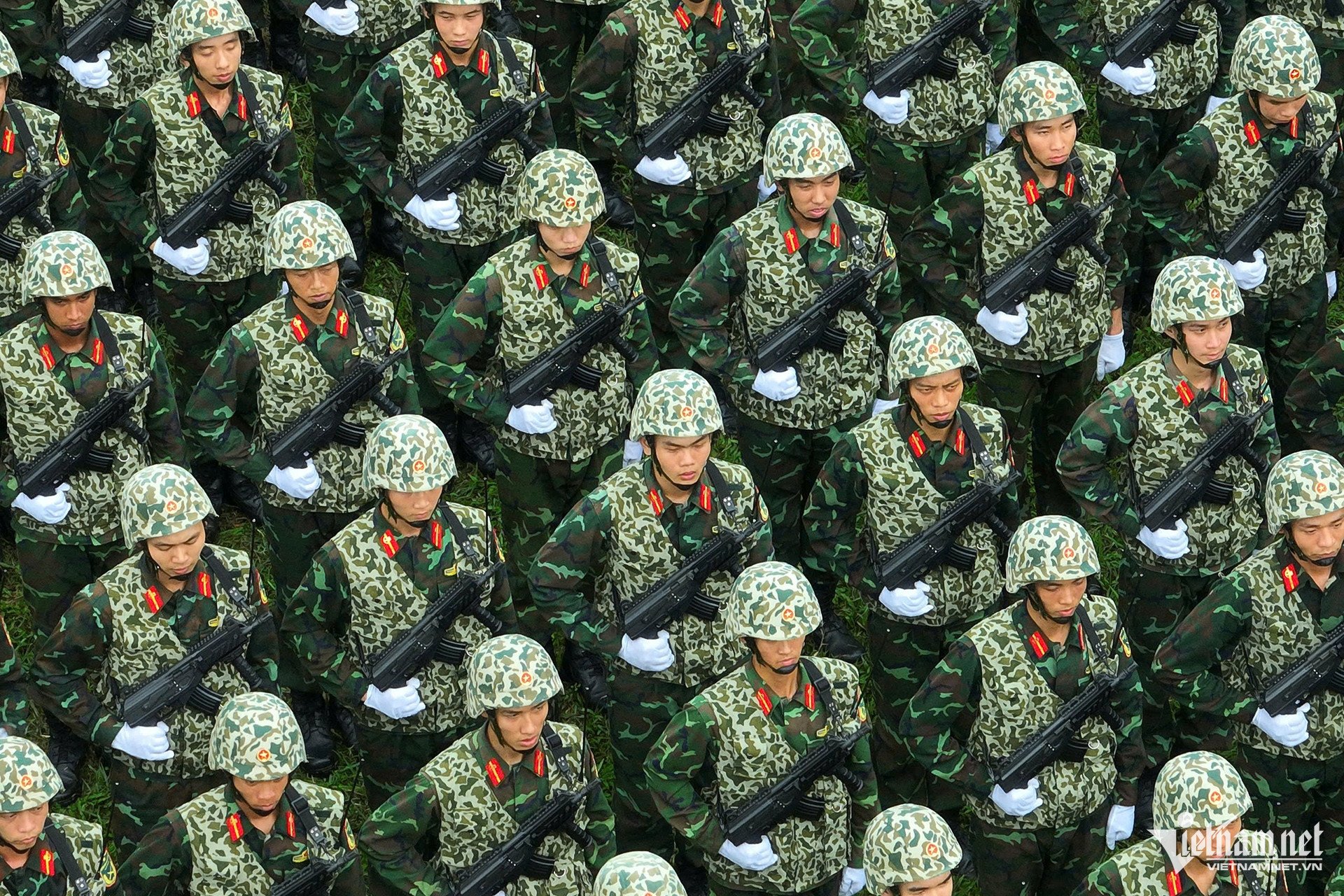






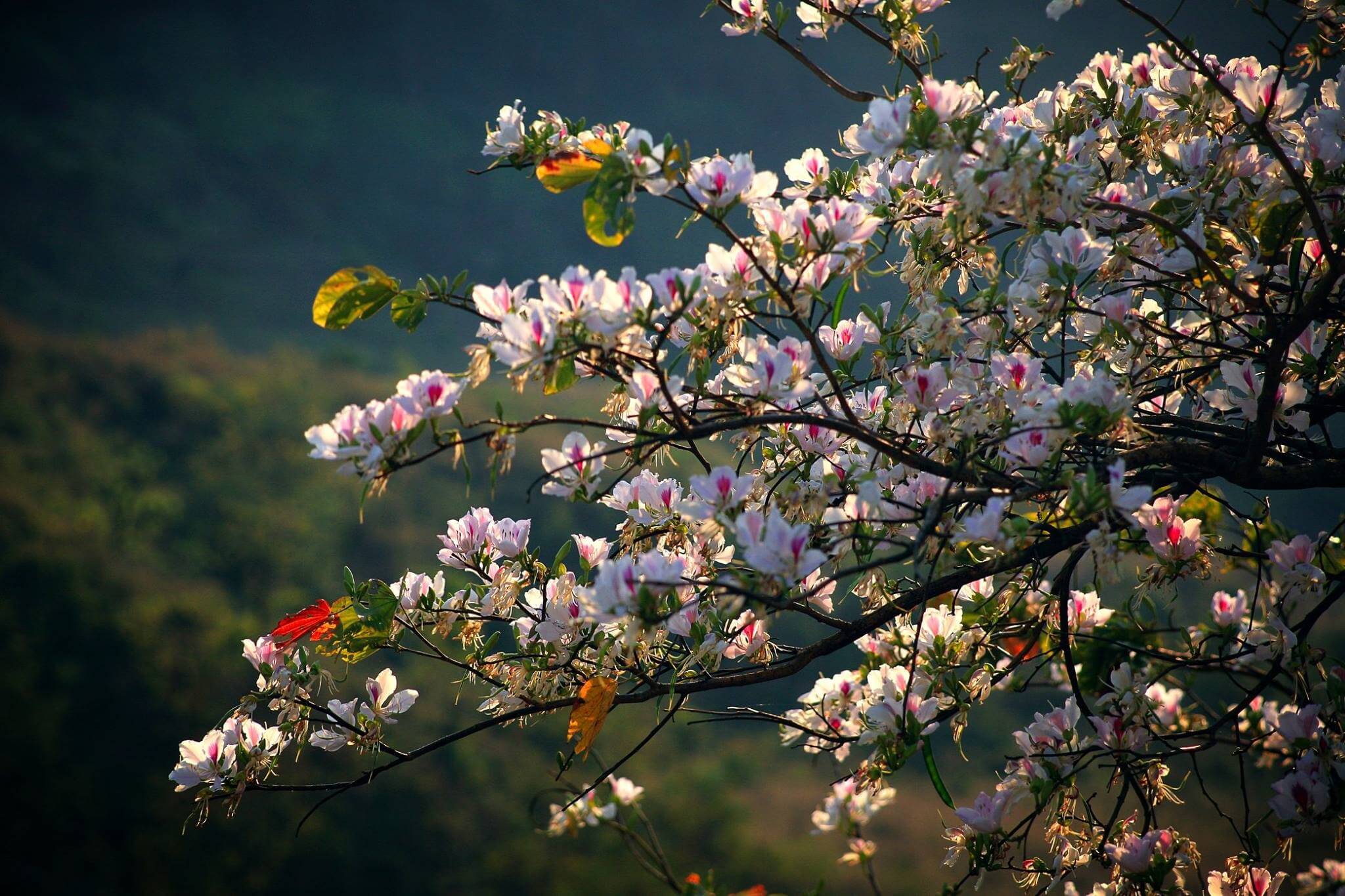
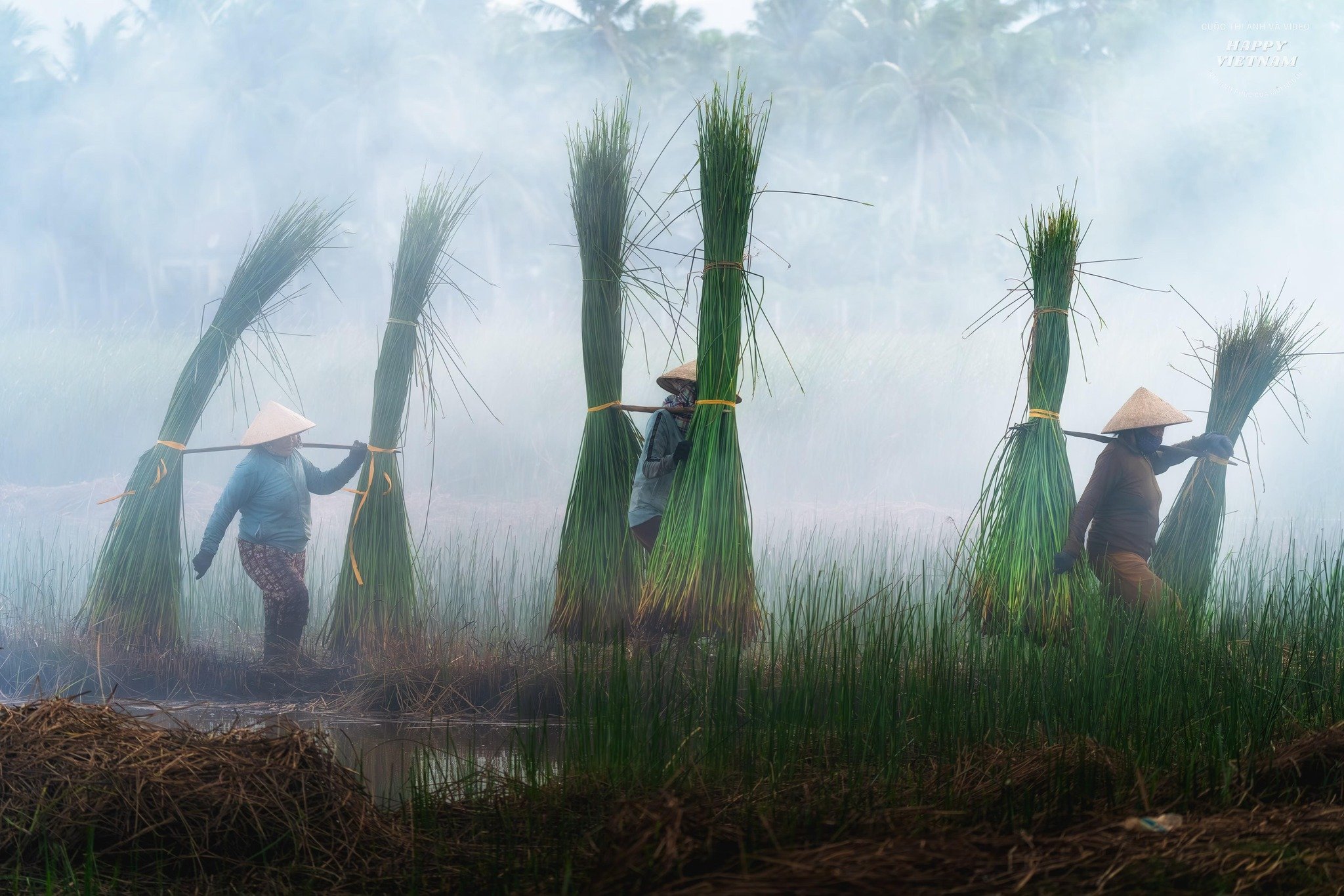




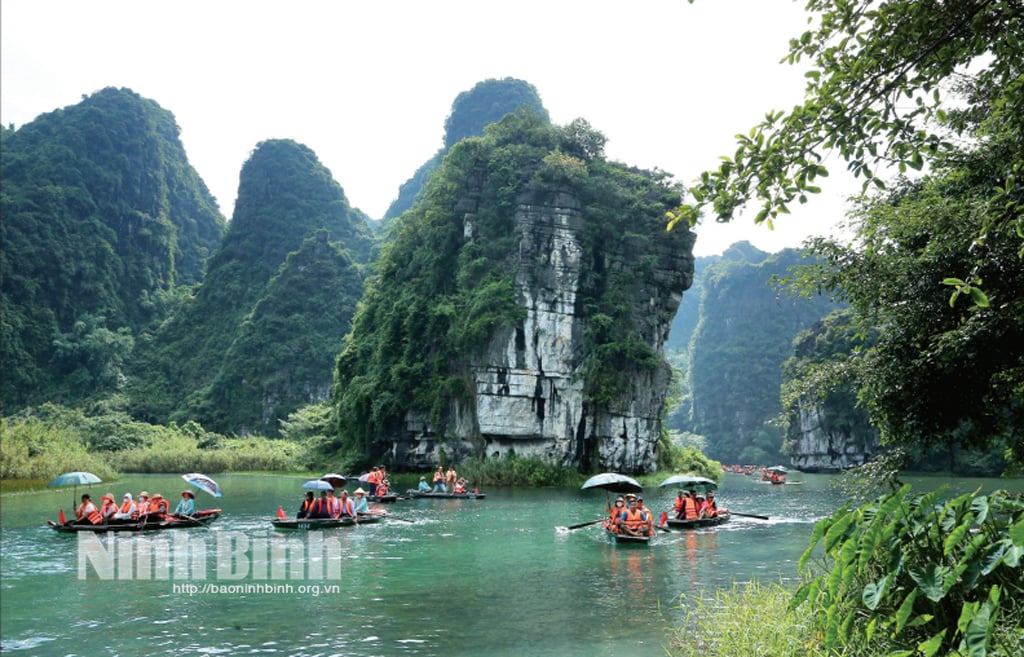





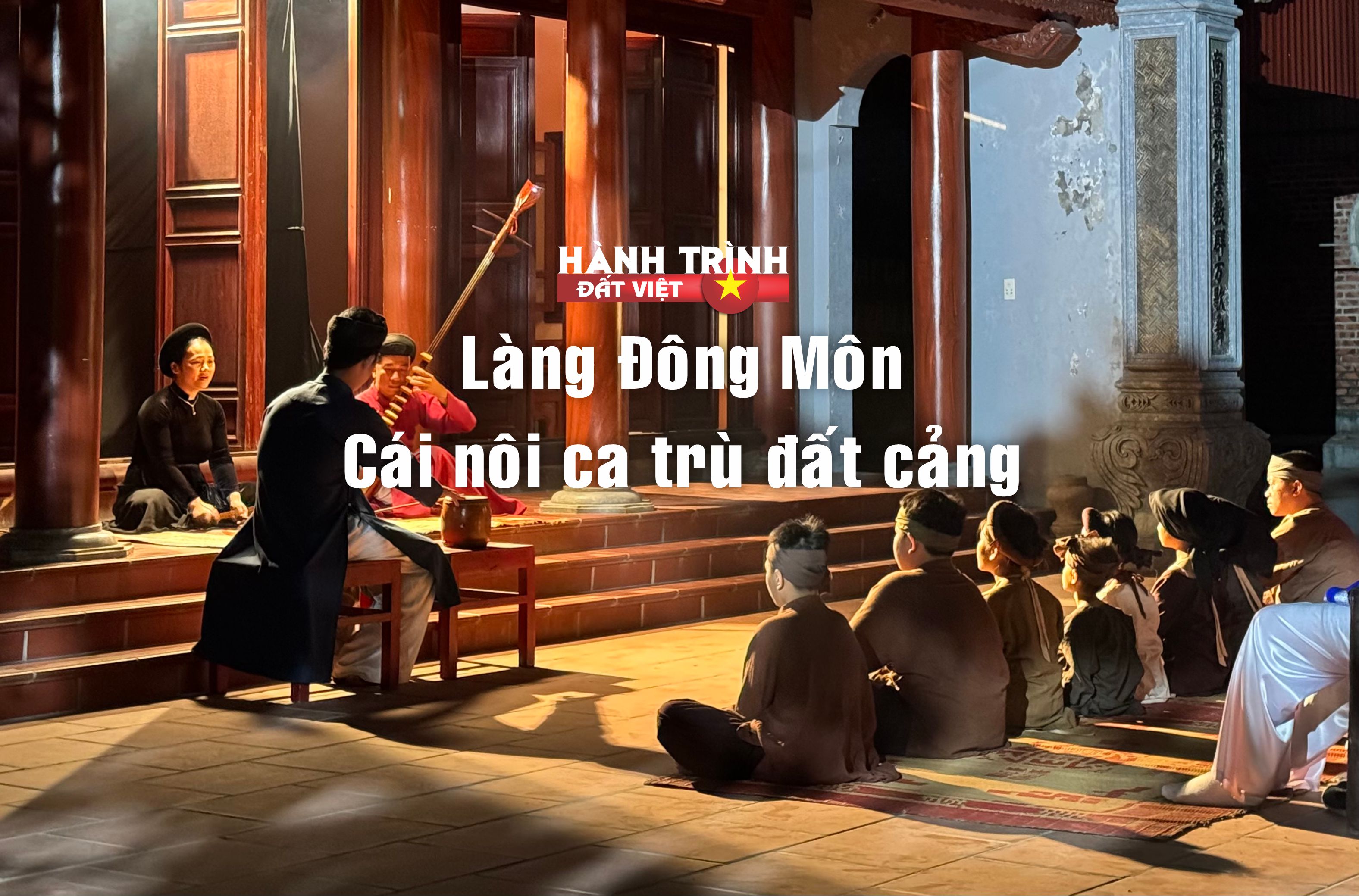
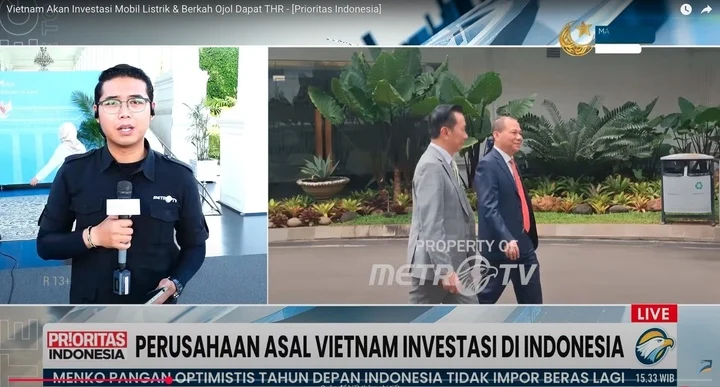
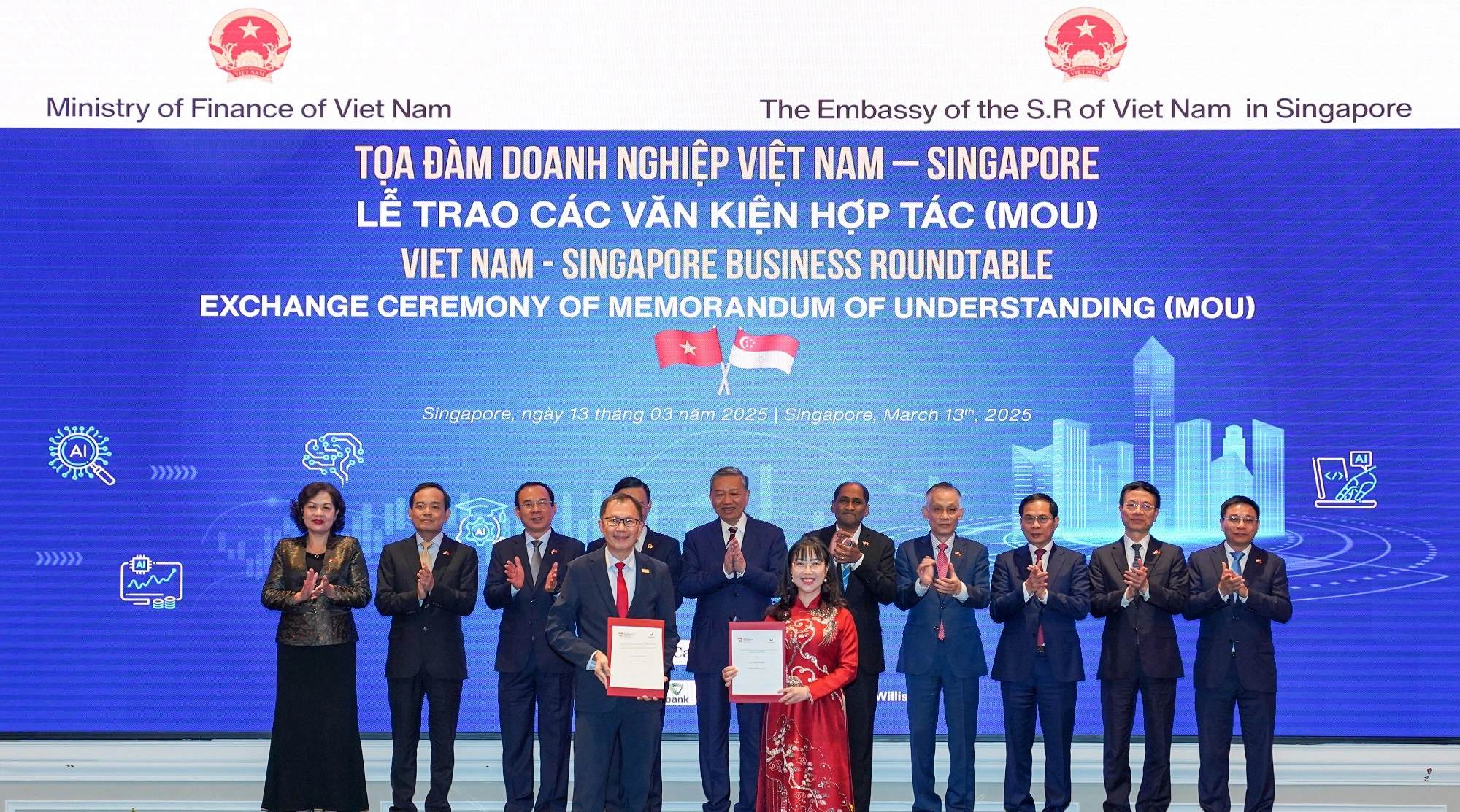



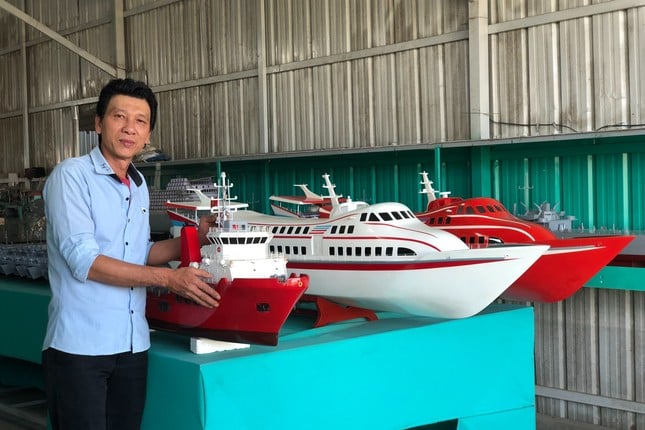

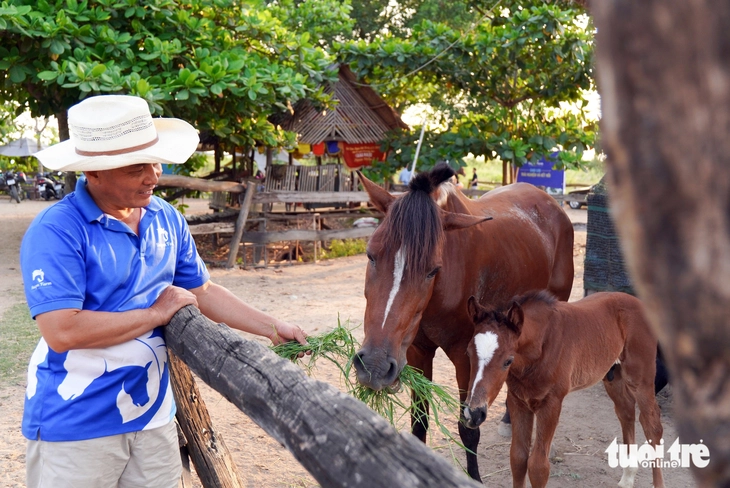

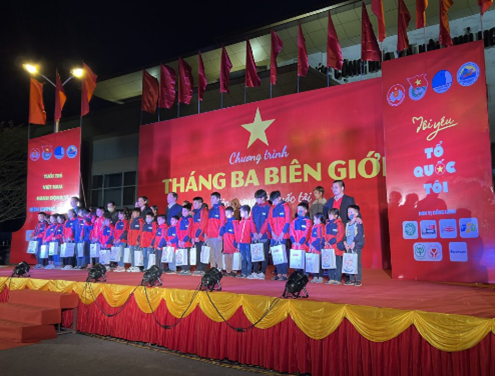

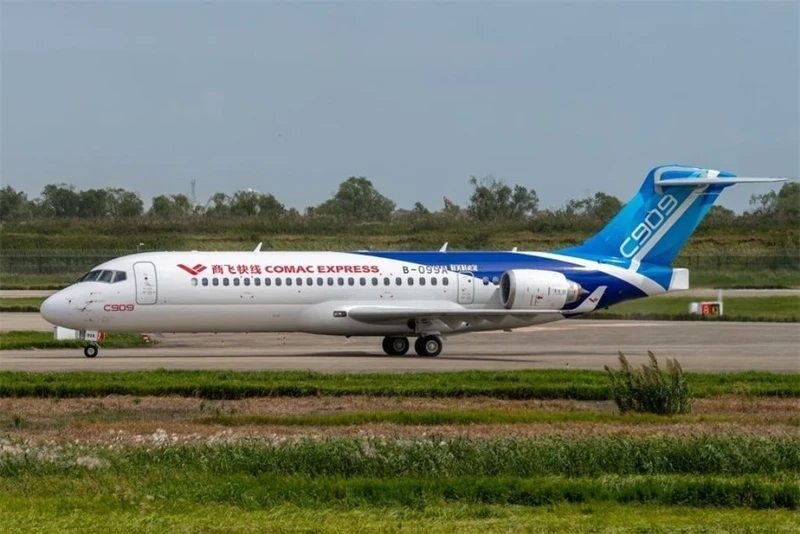

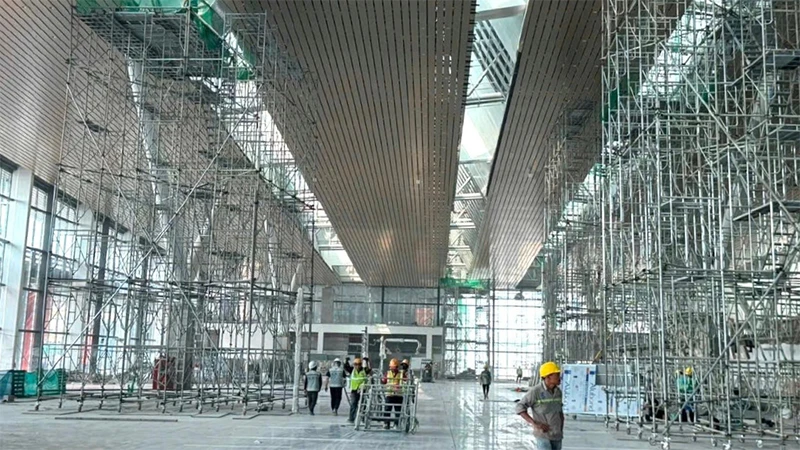







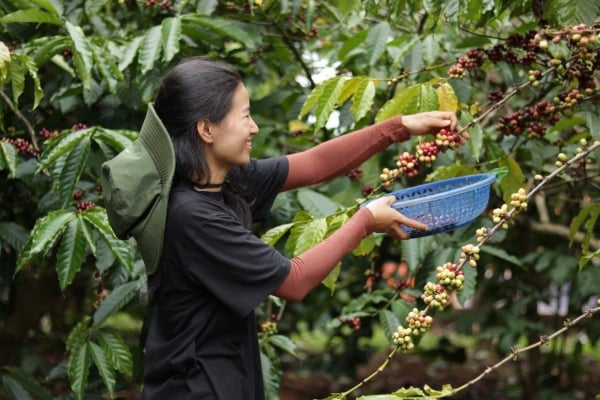

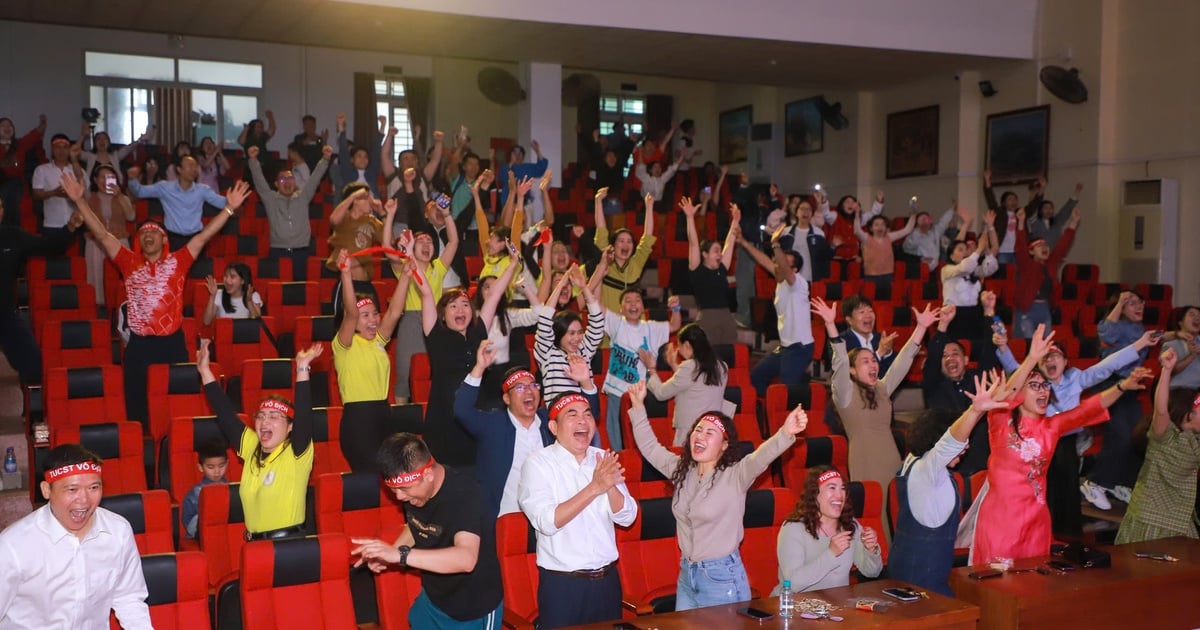
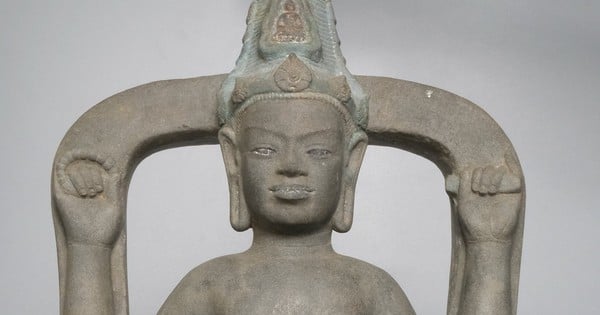



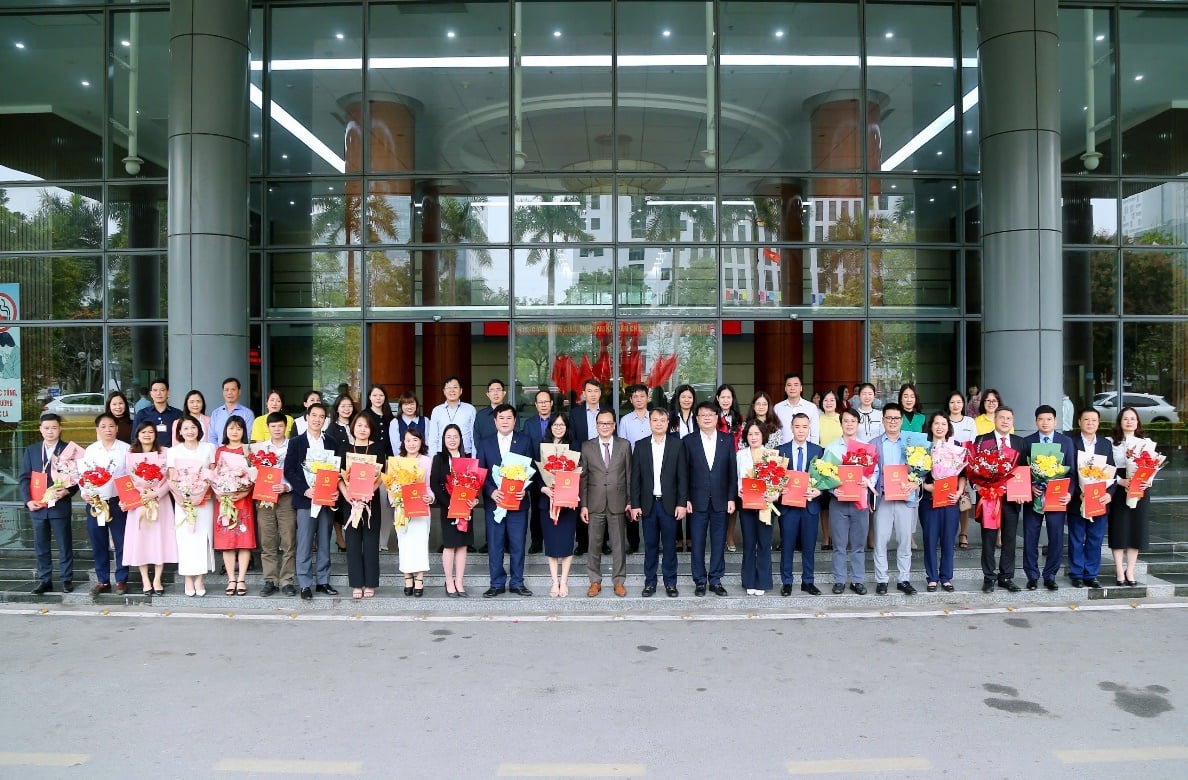


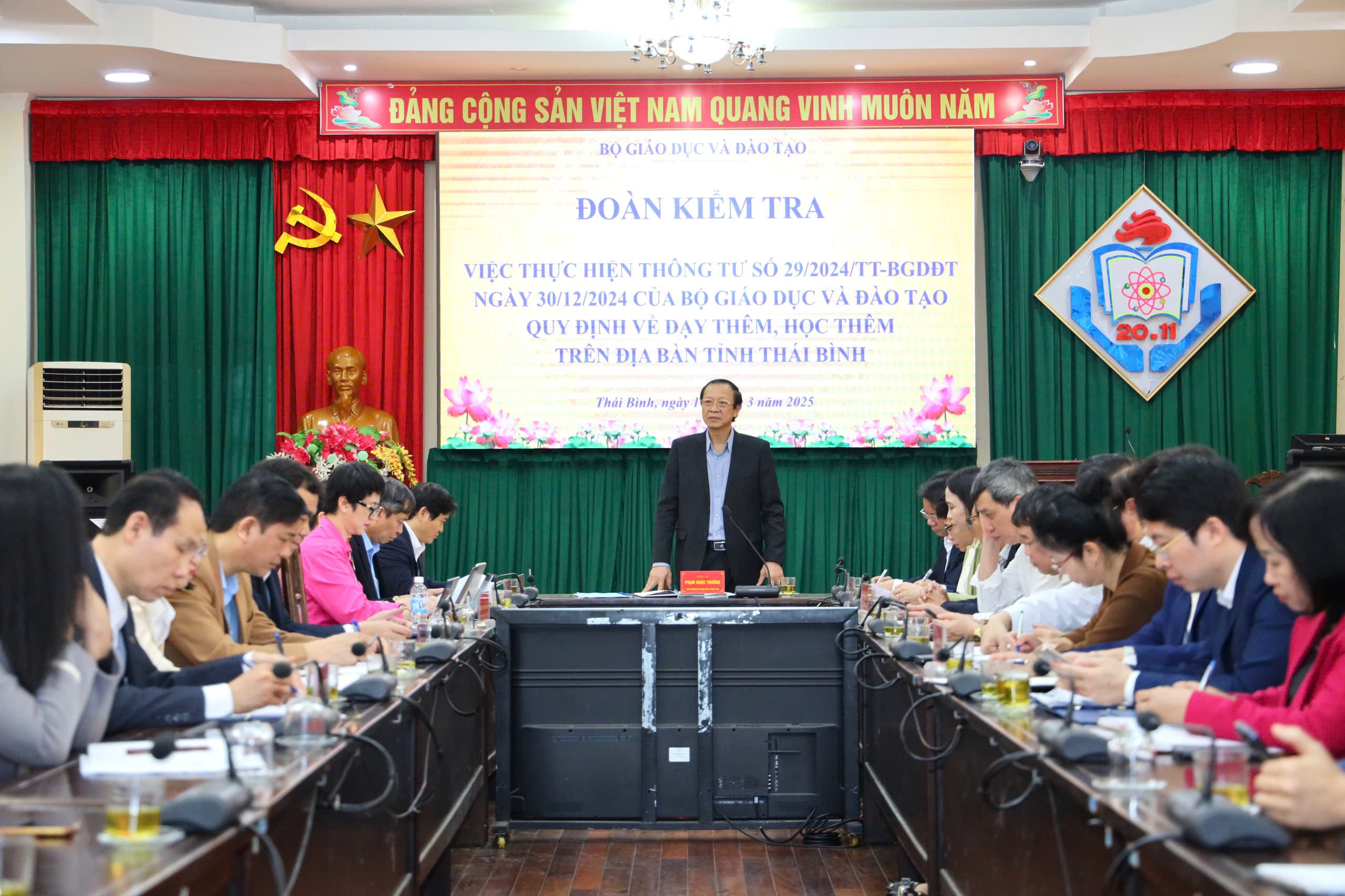


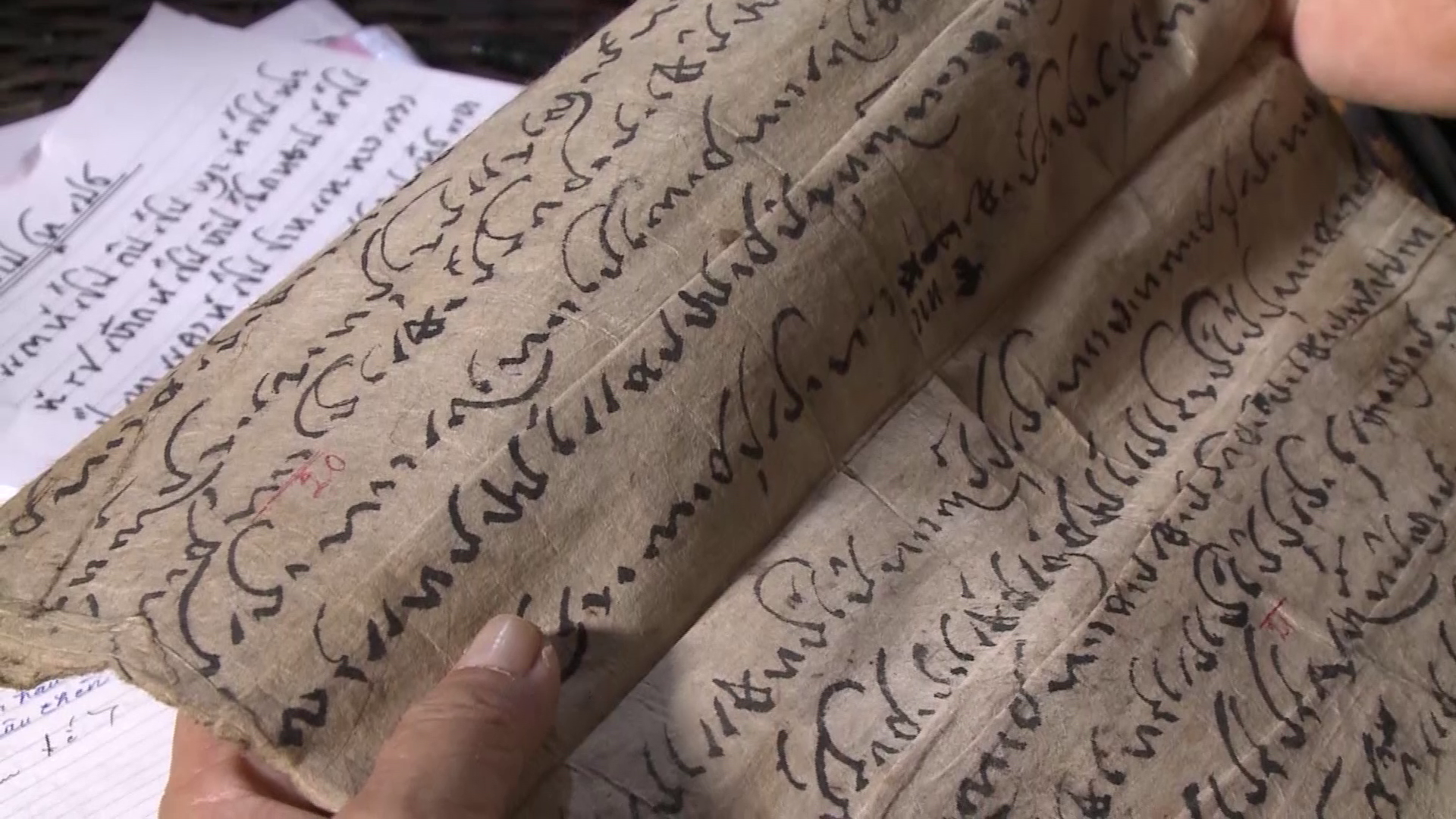

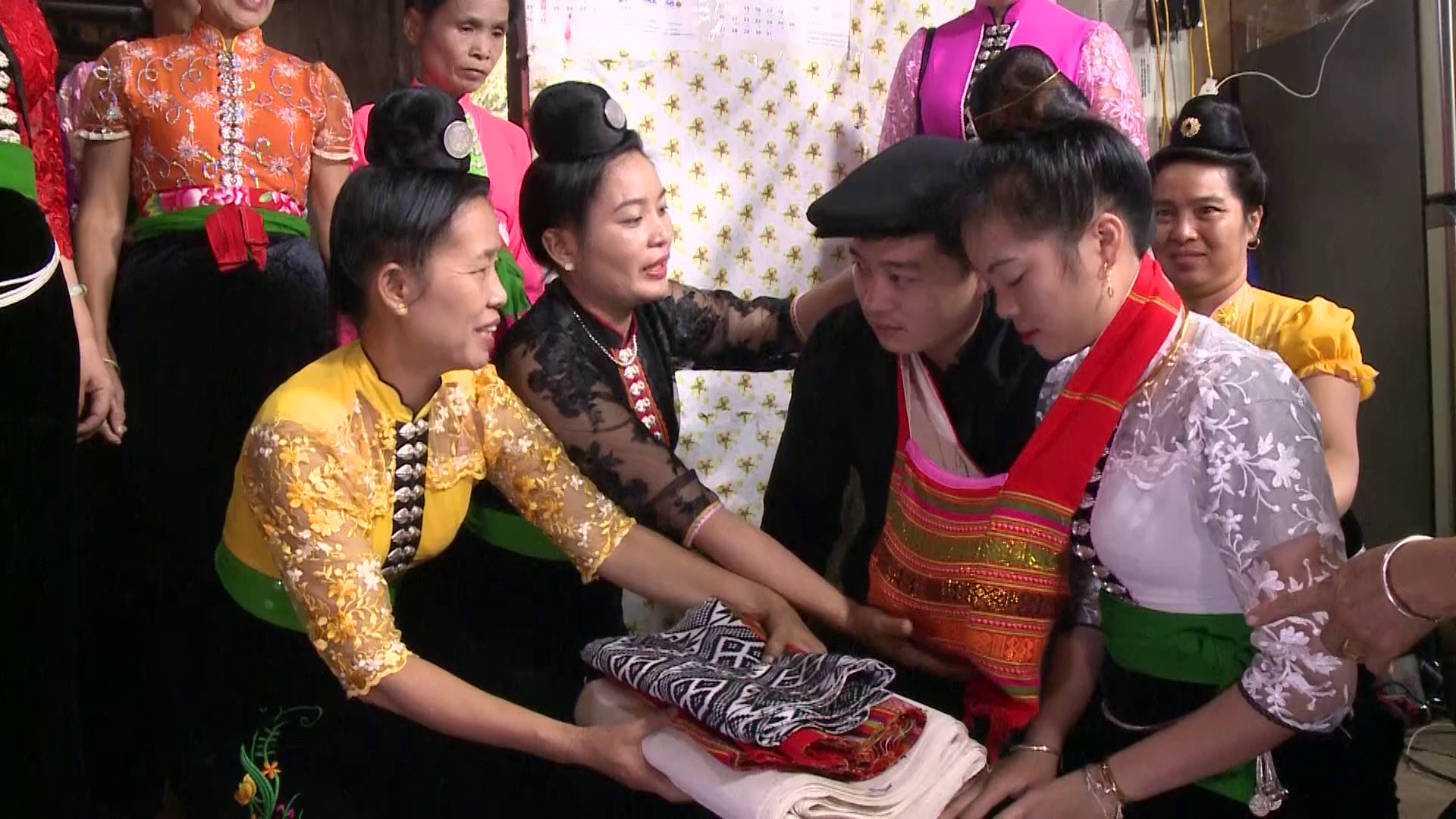
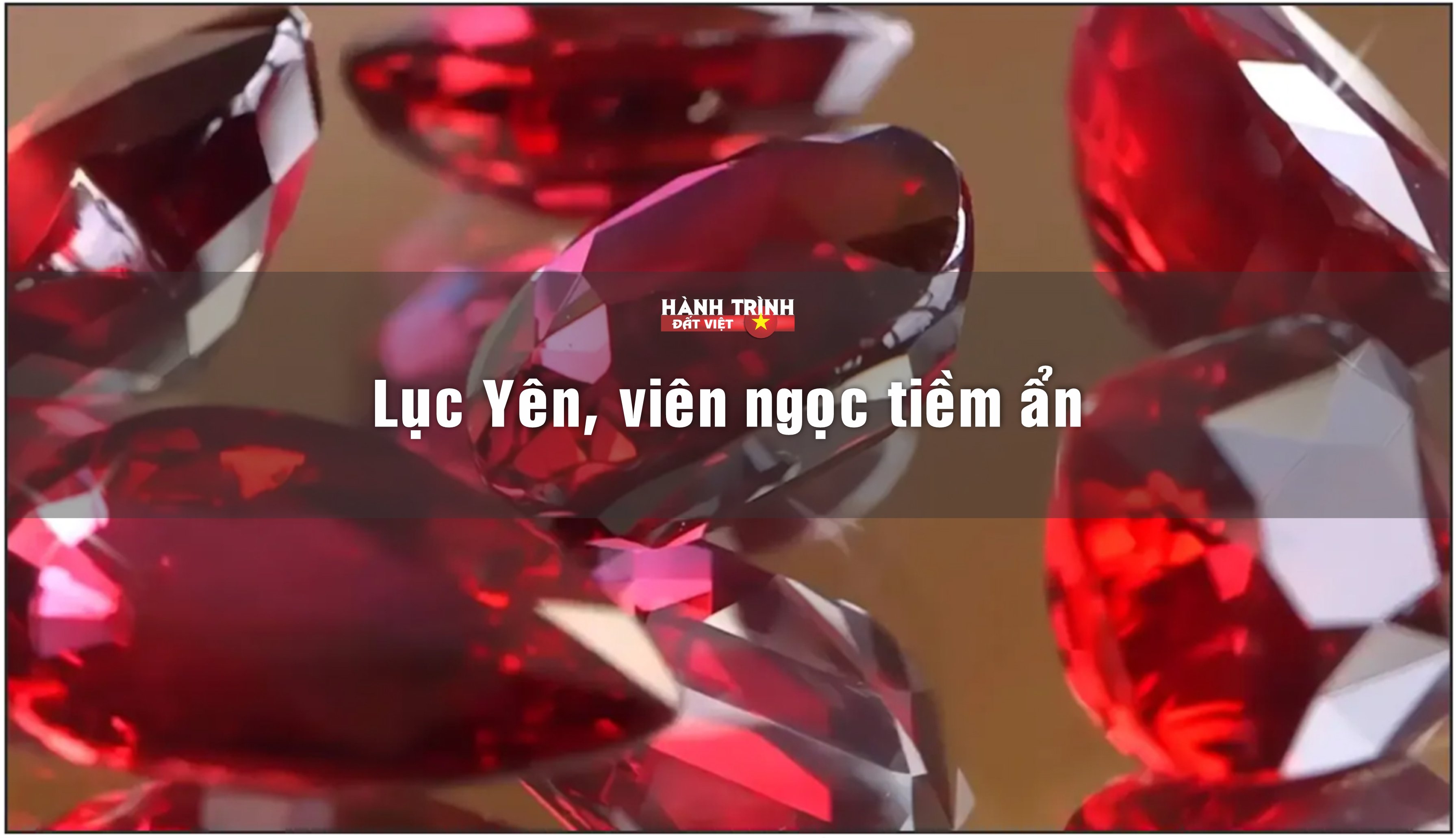
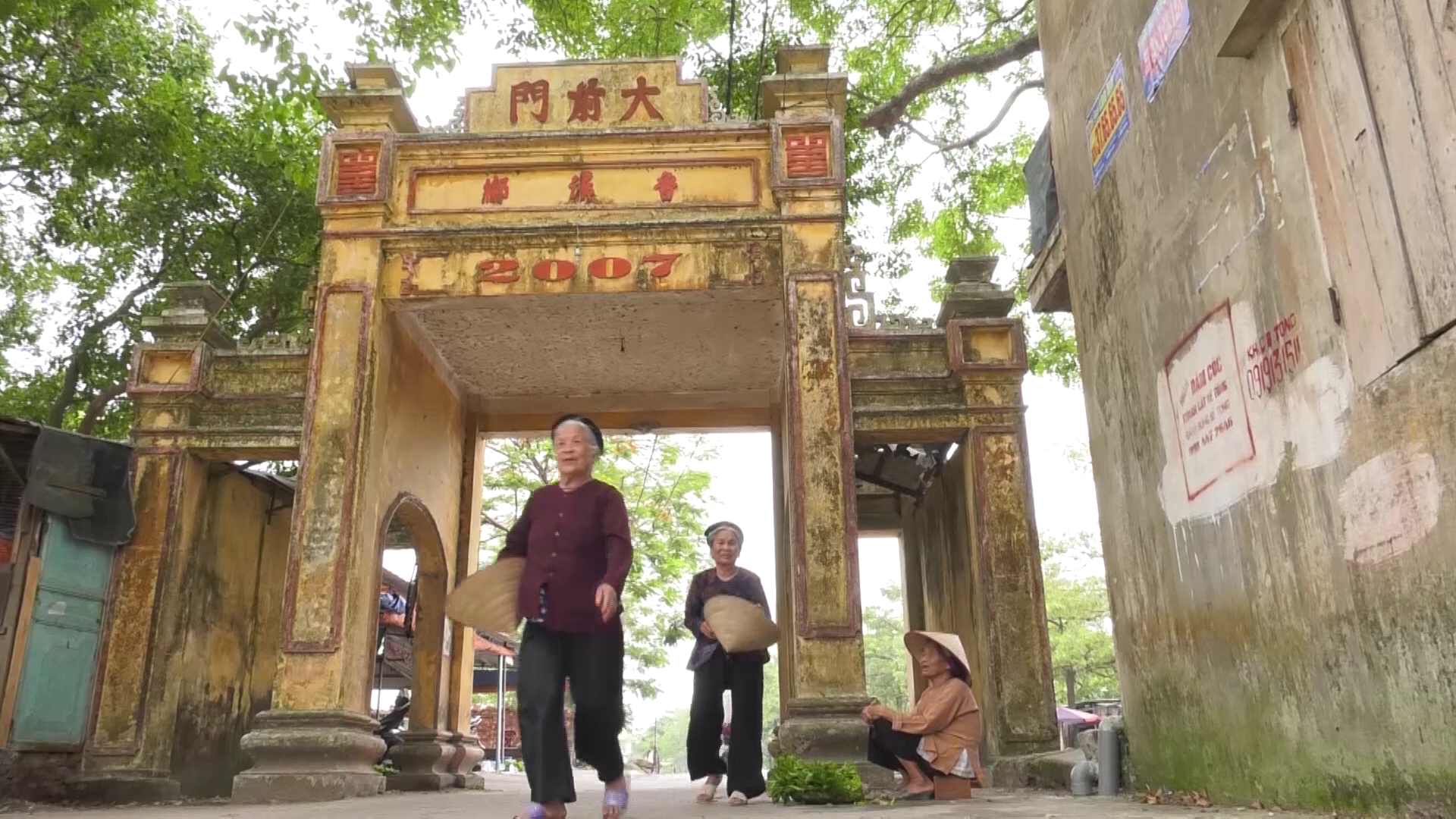

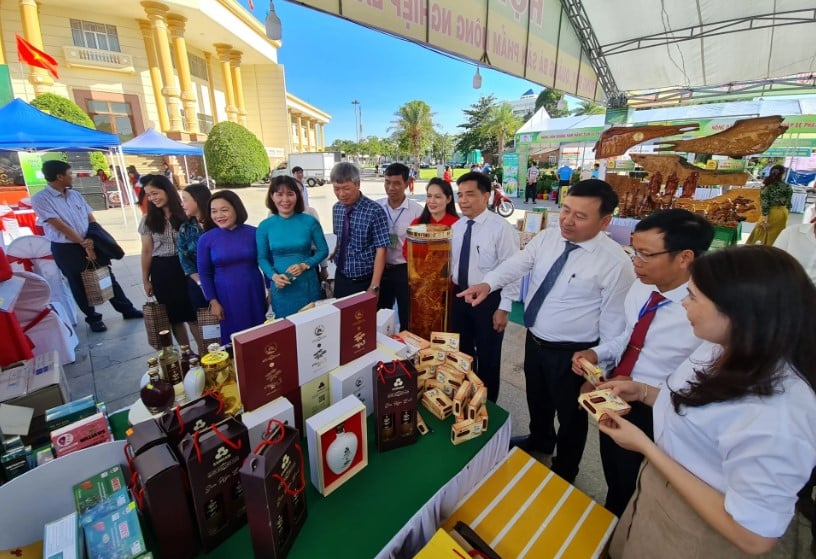

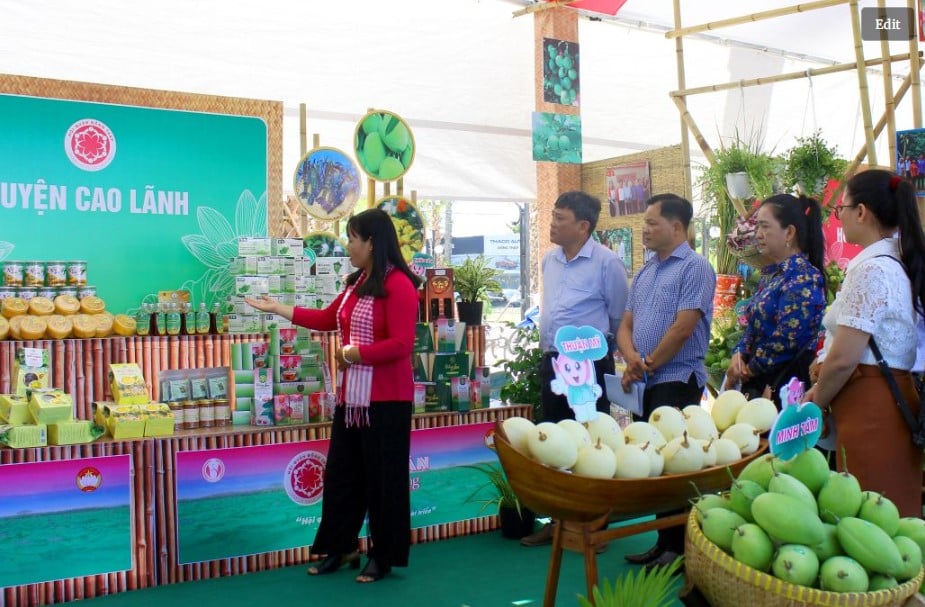

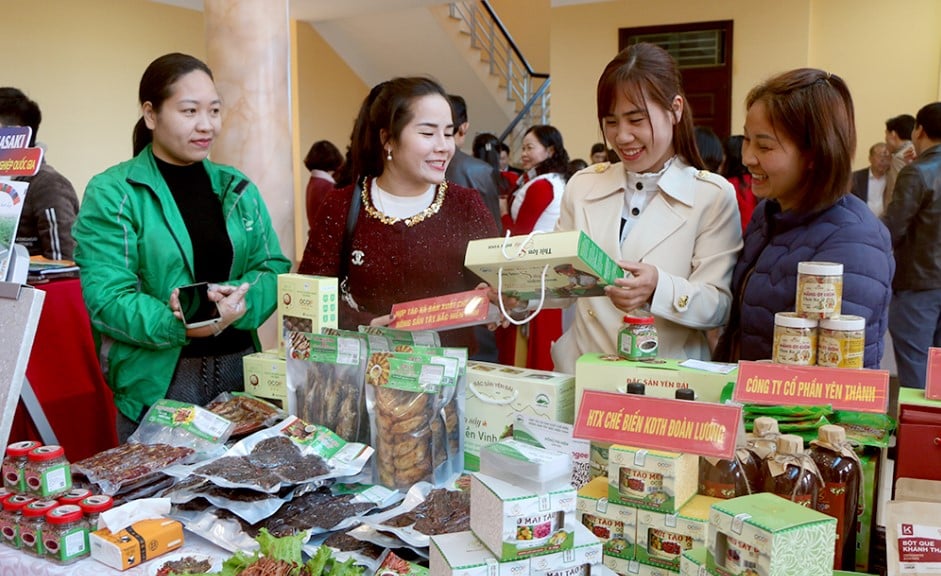
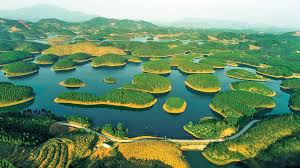


Comment (0)